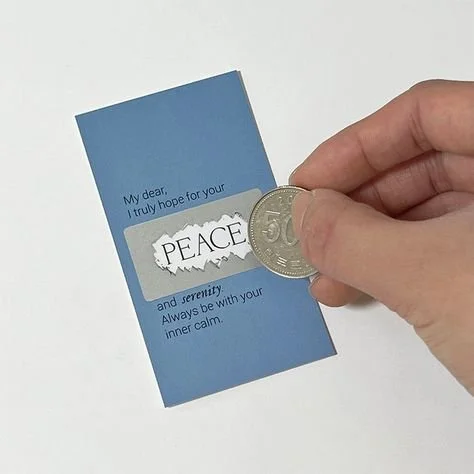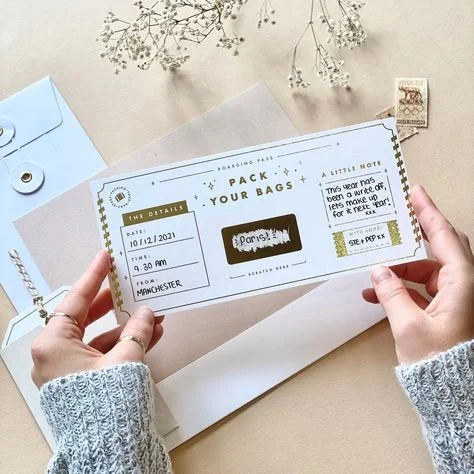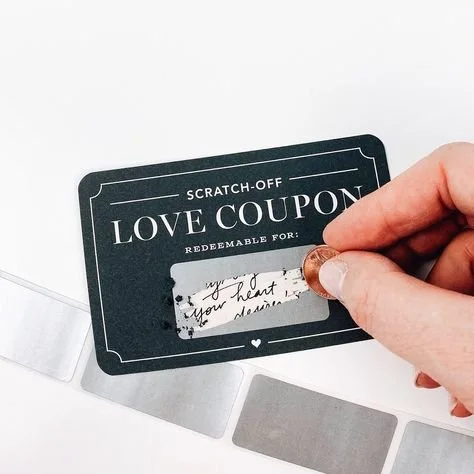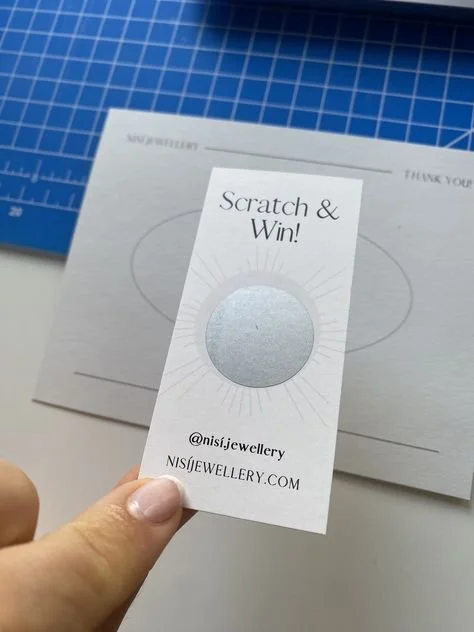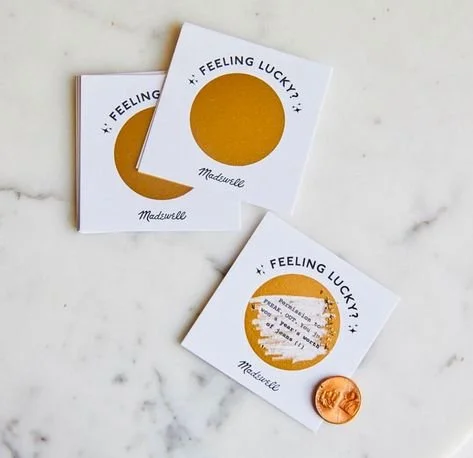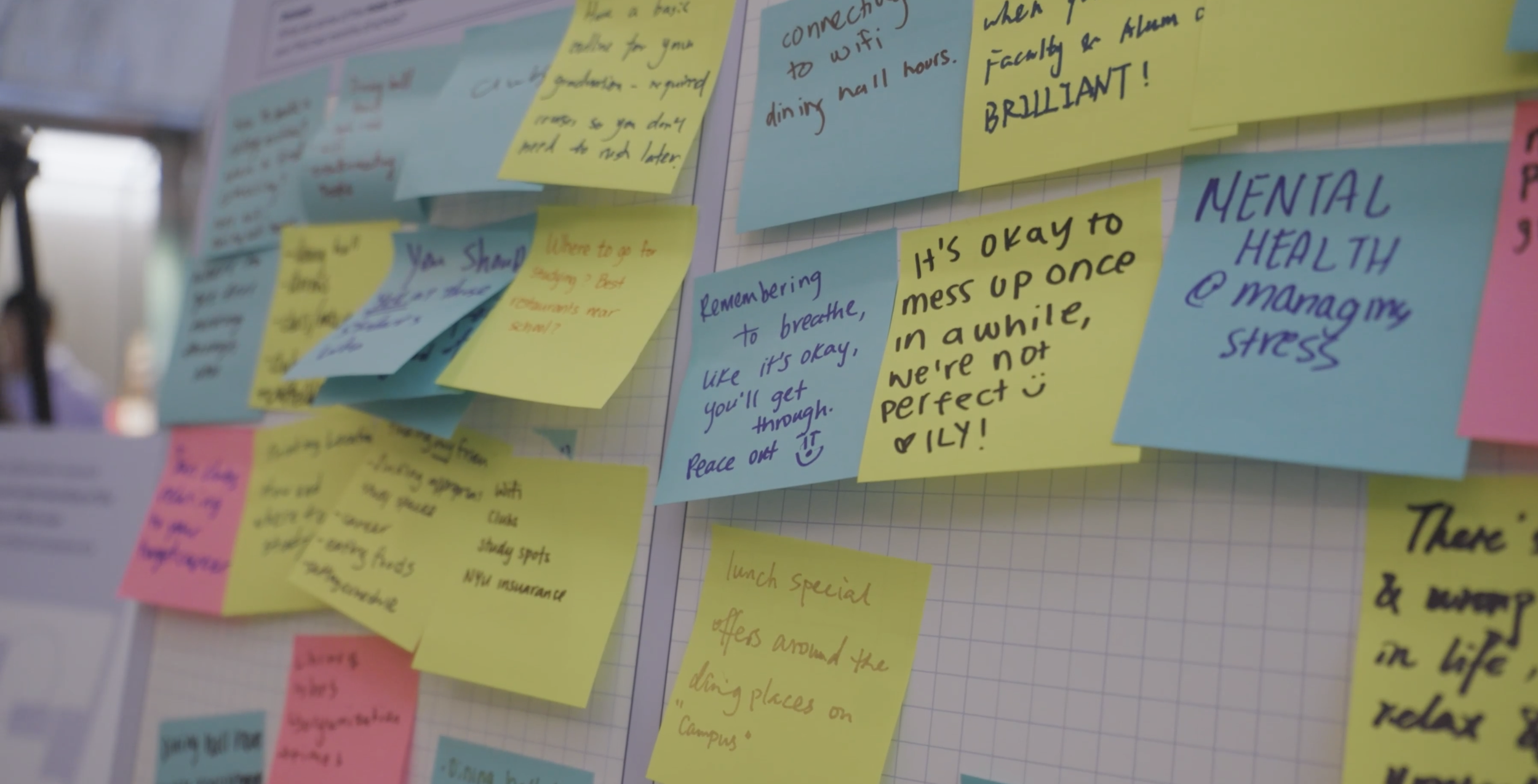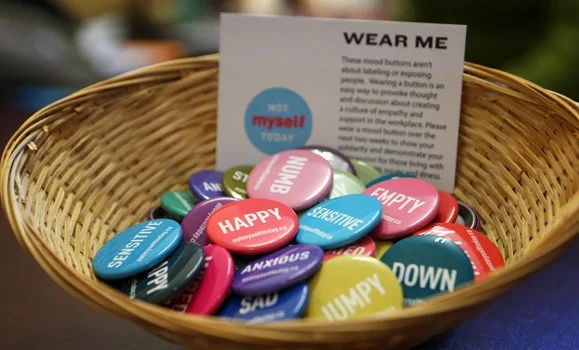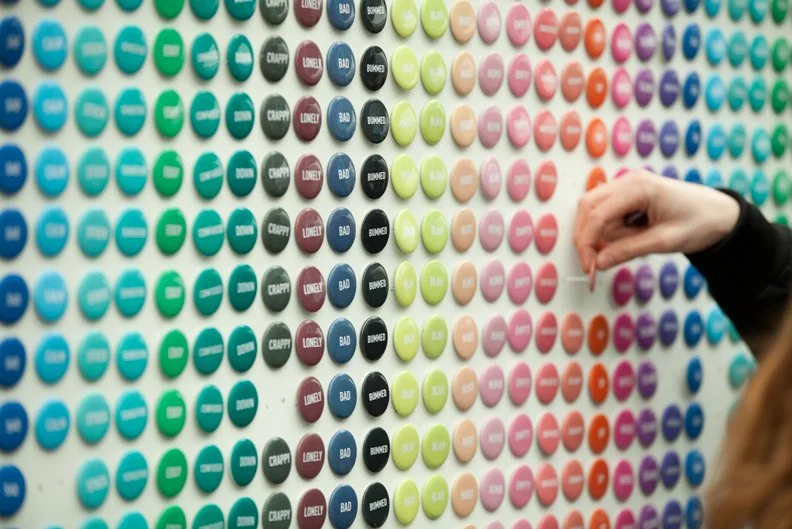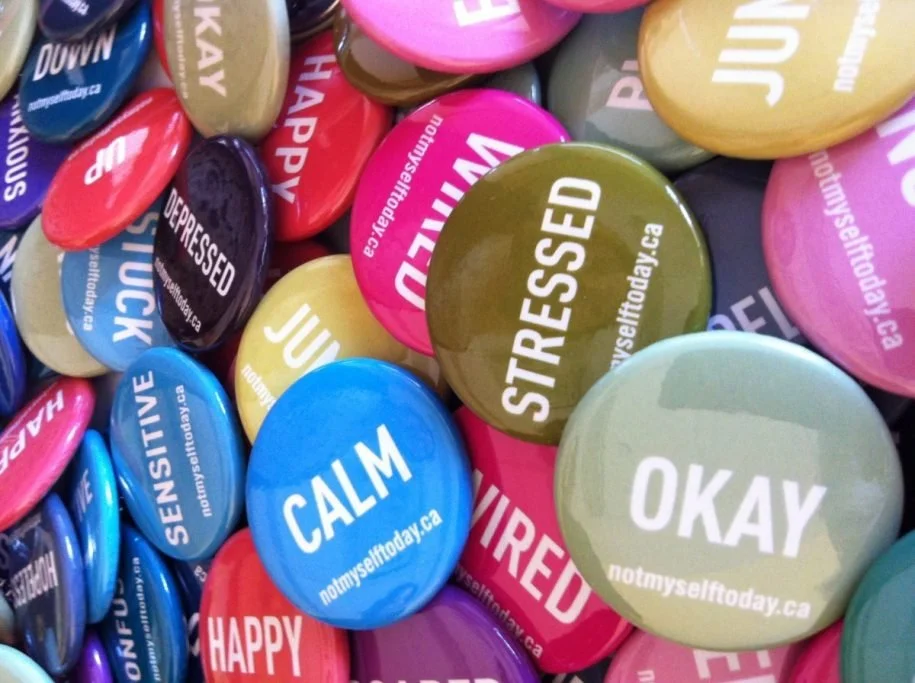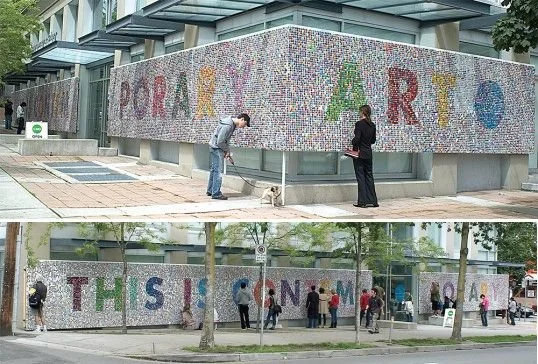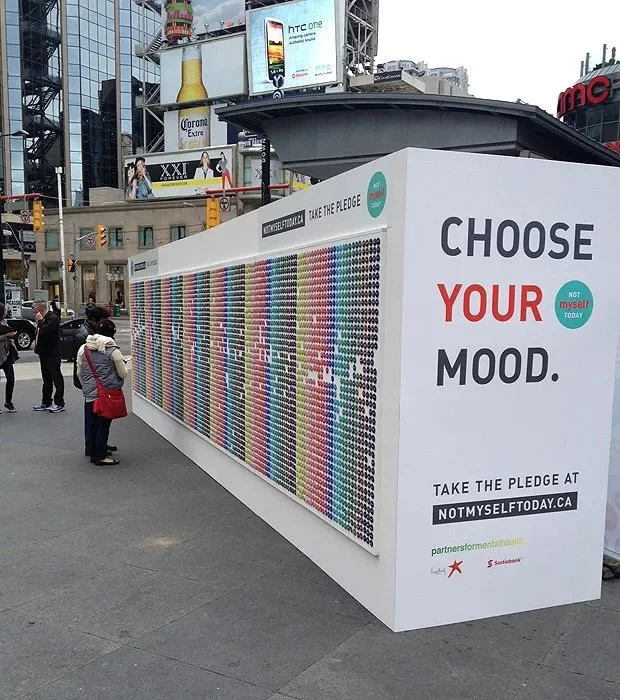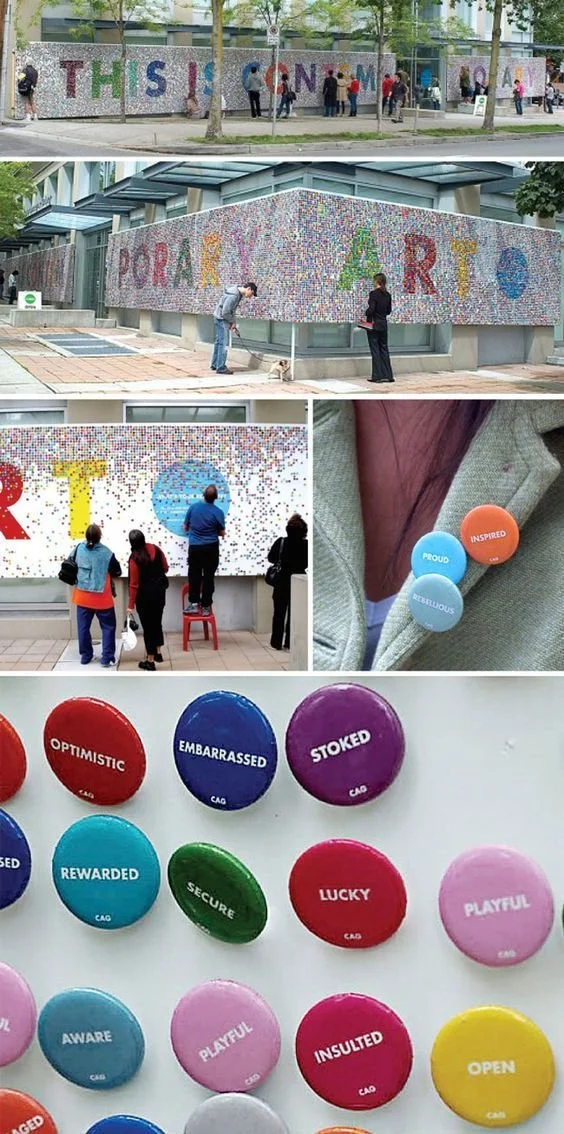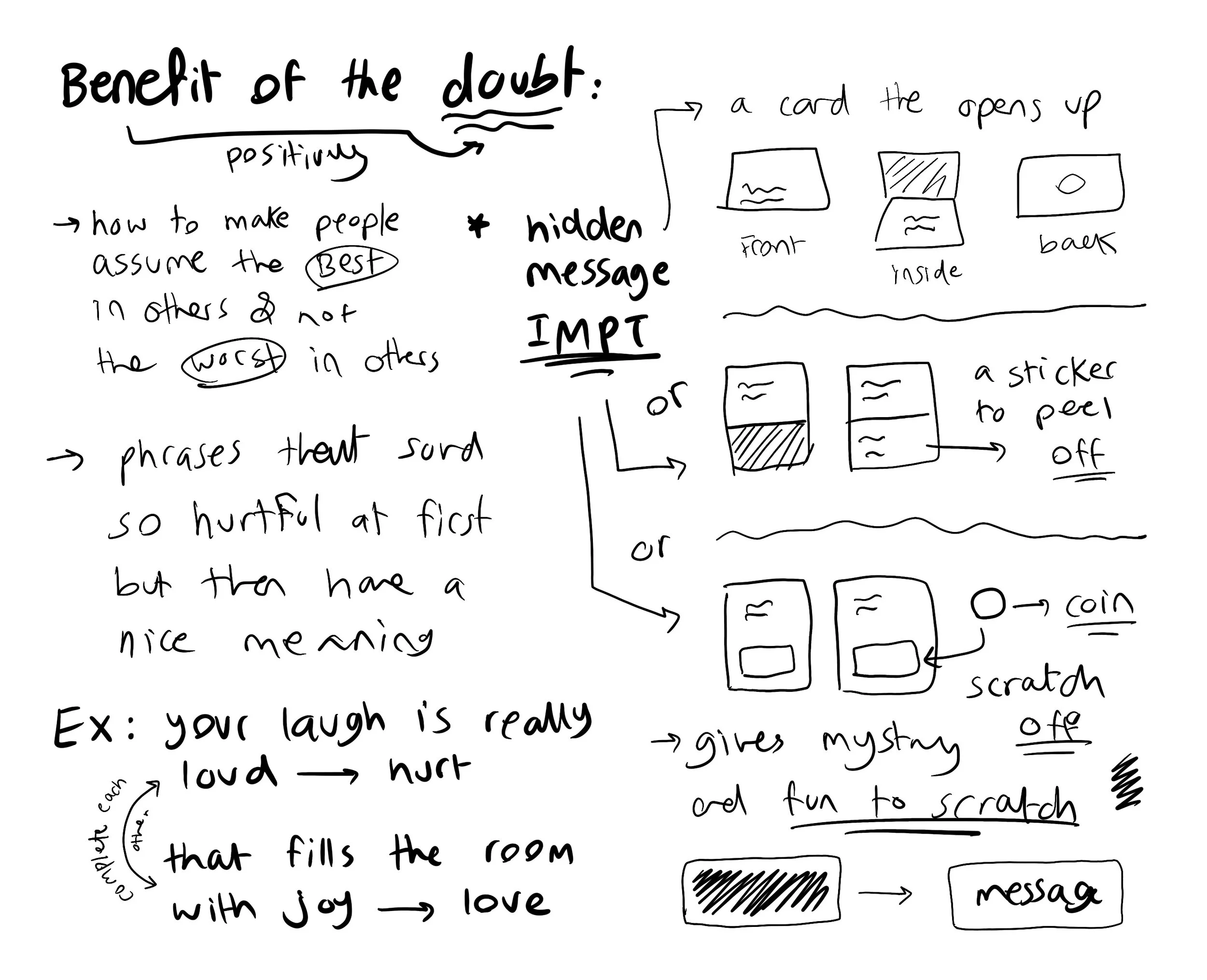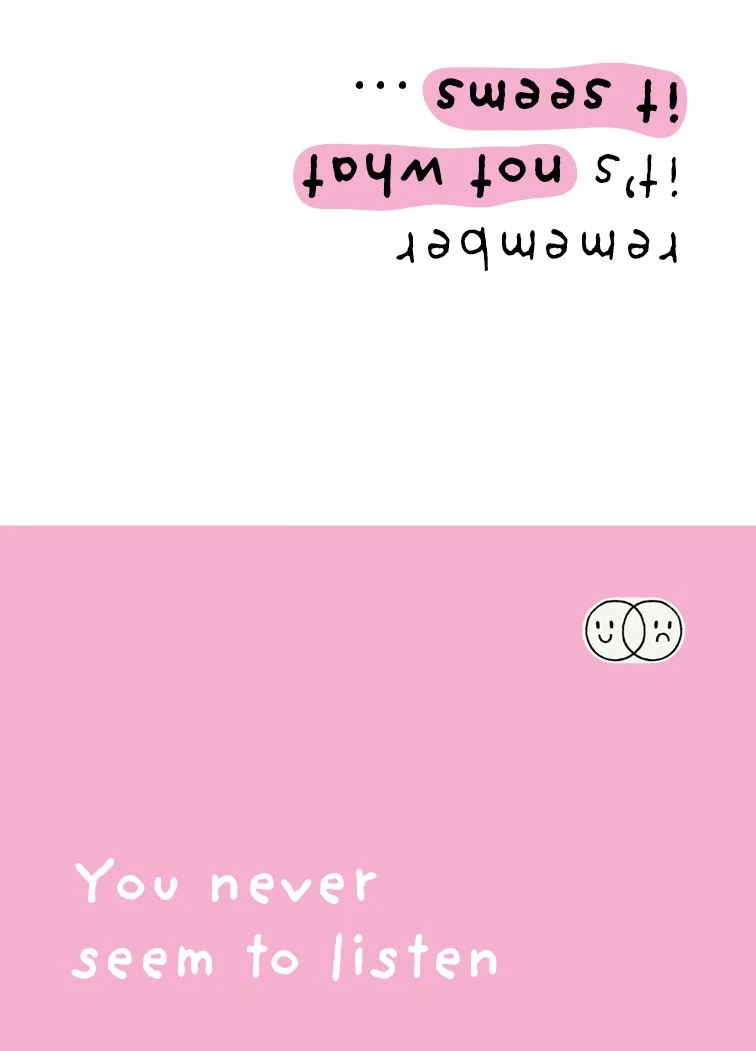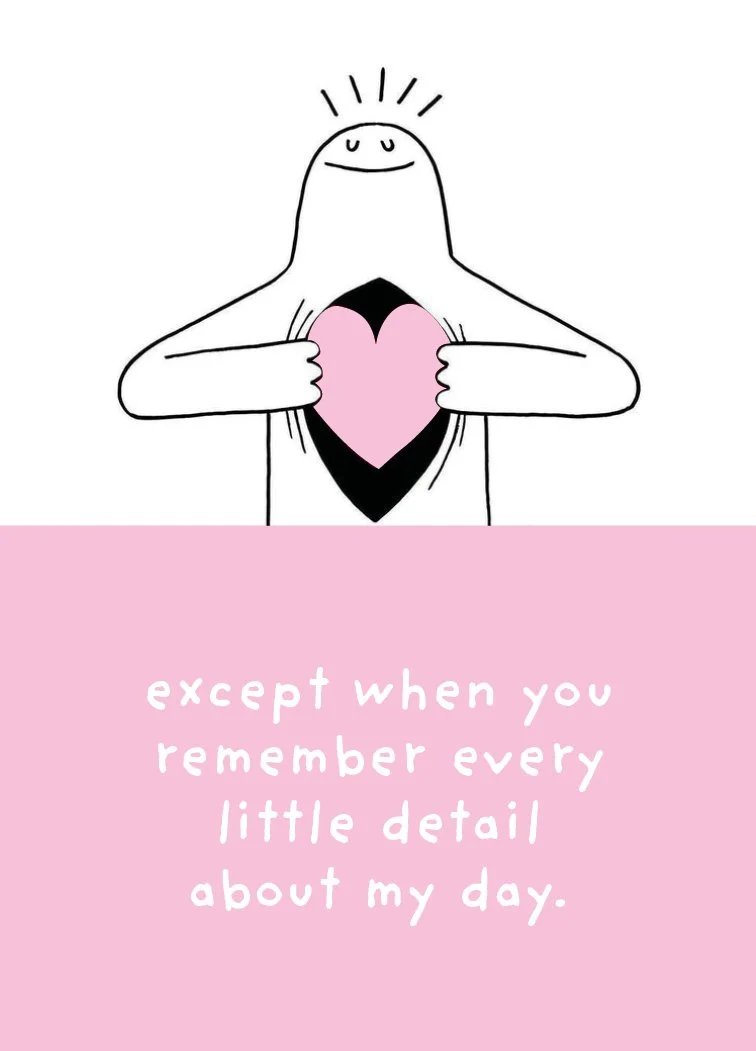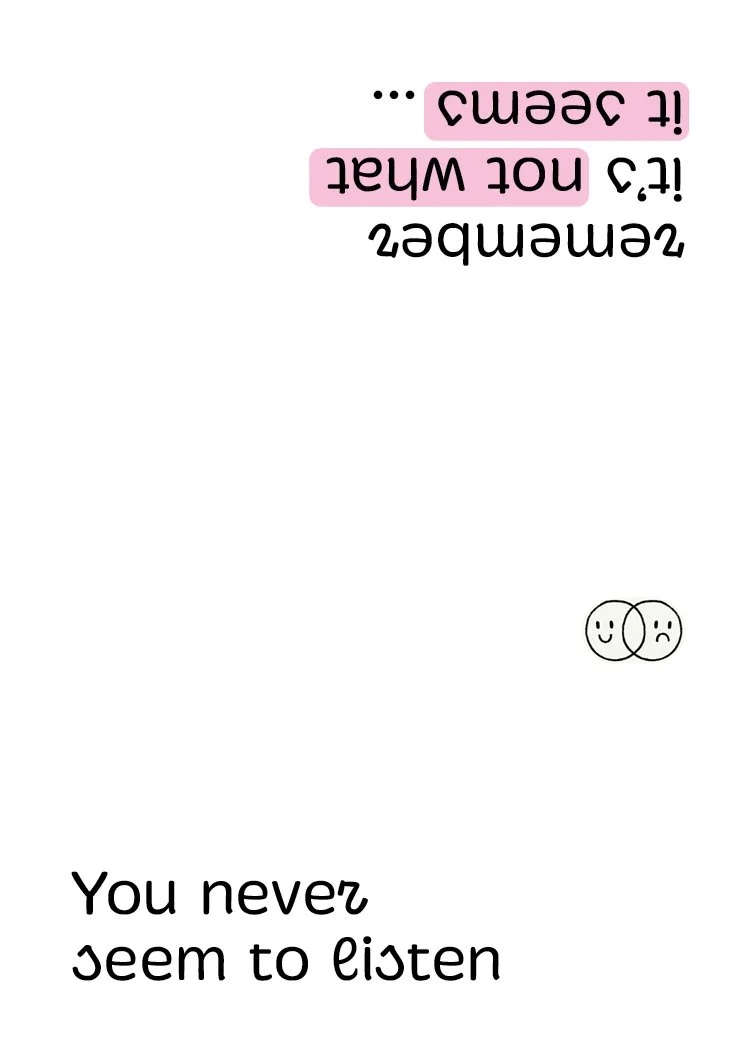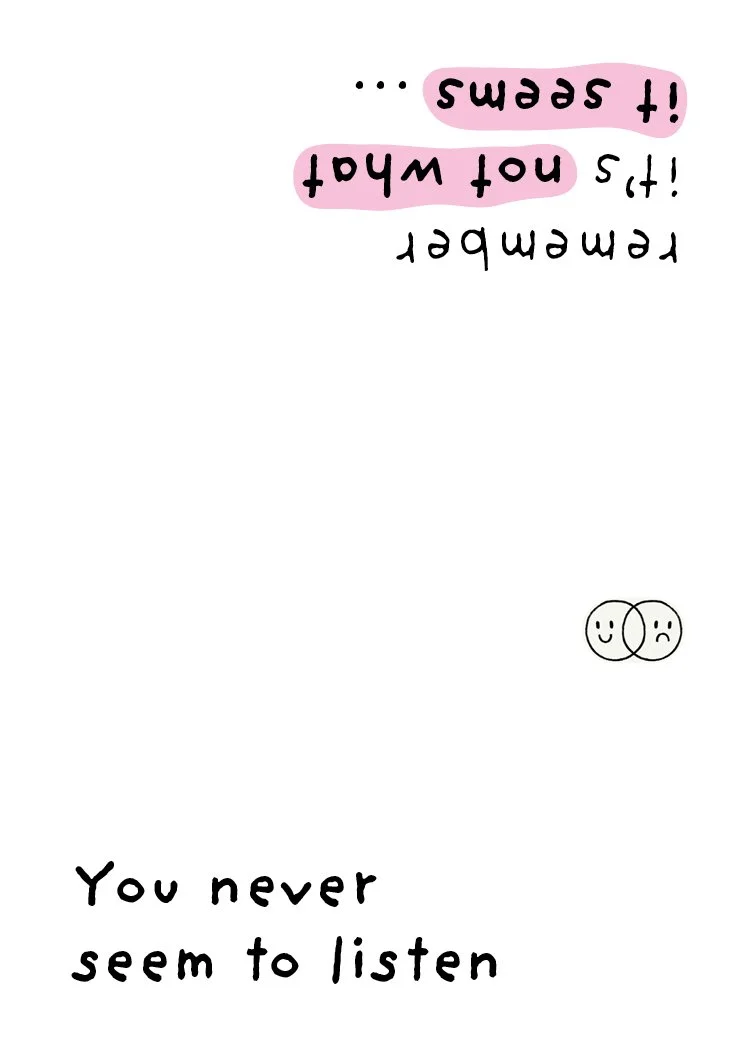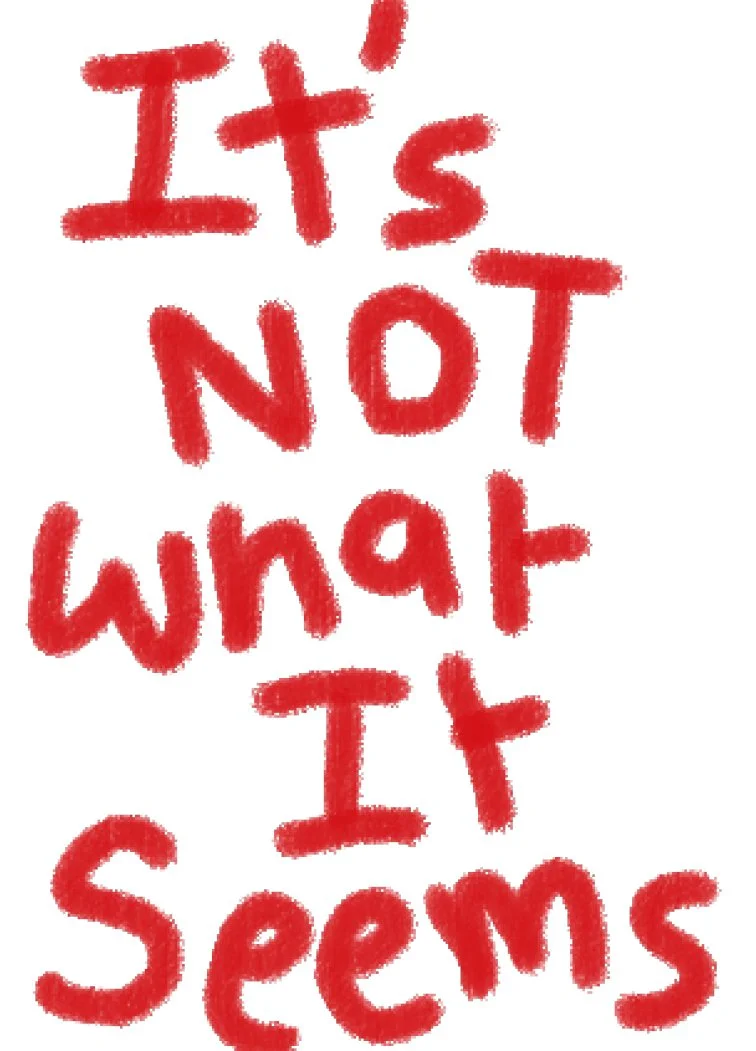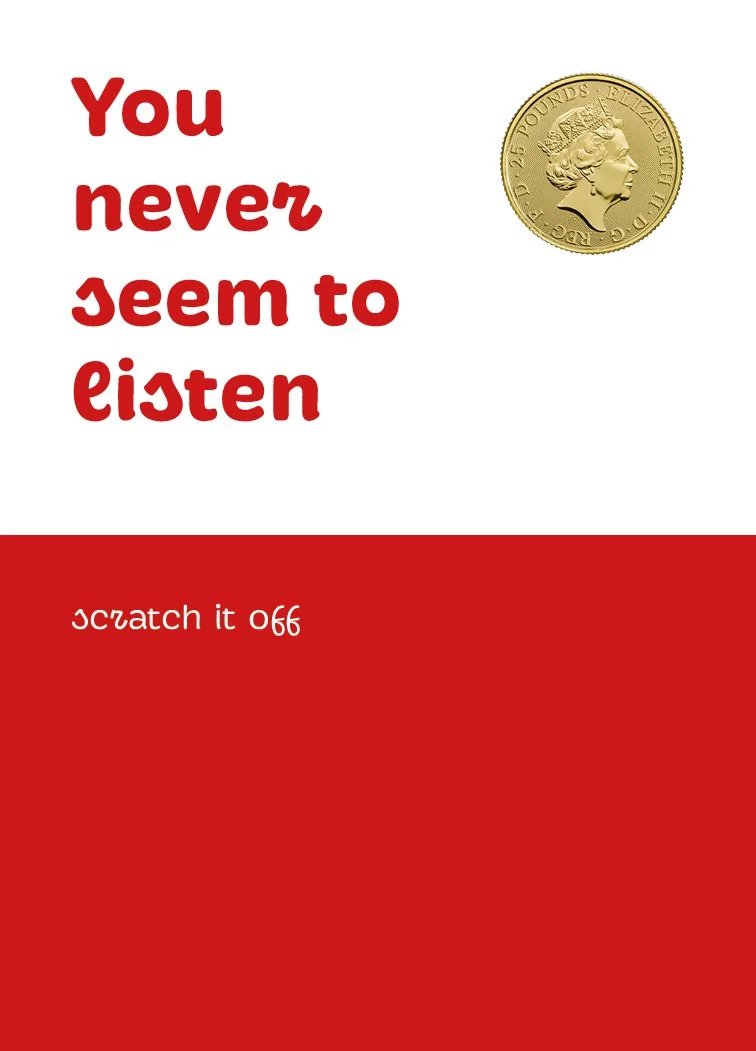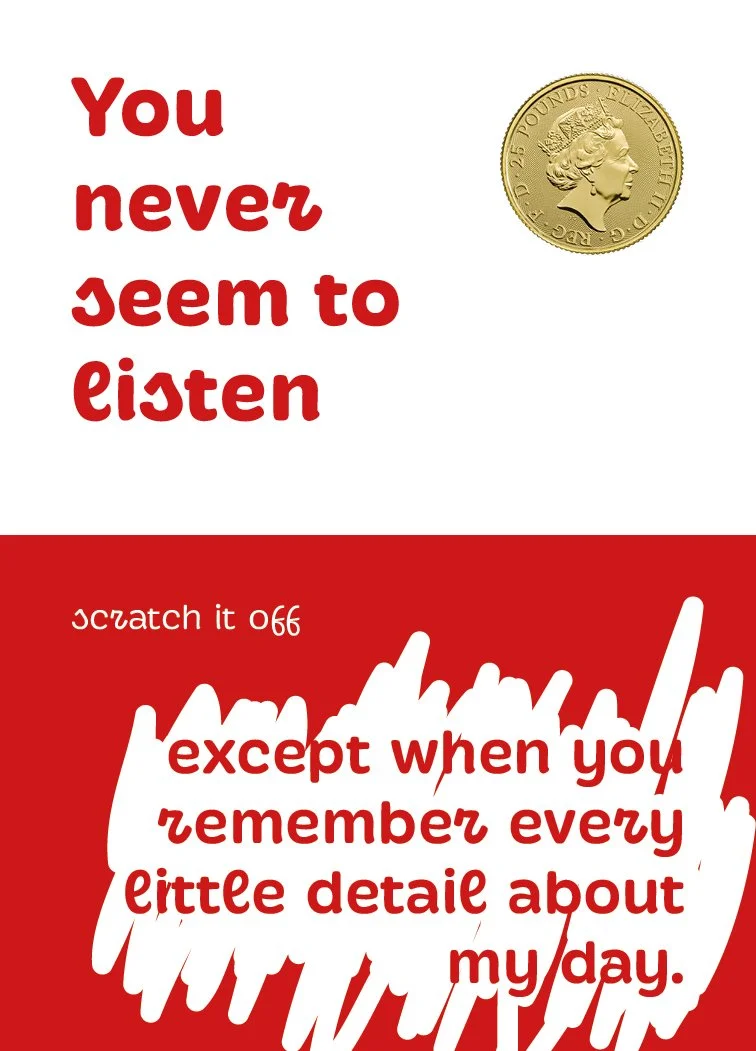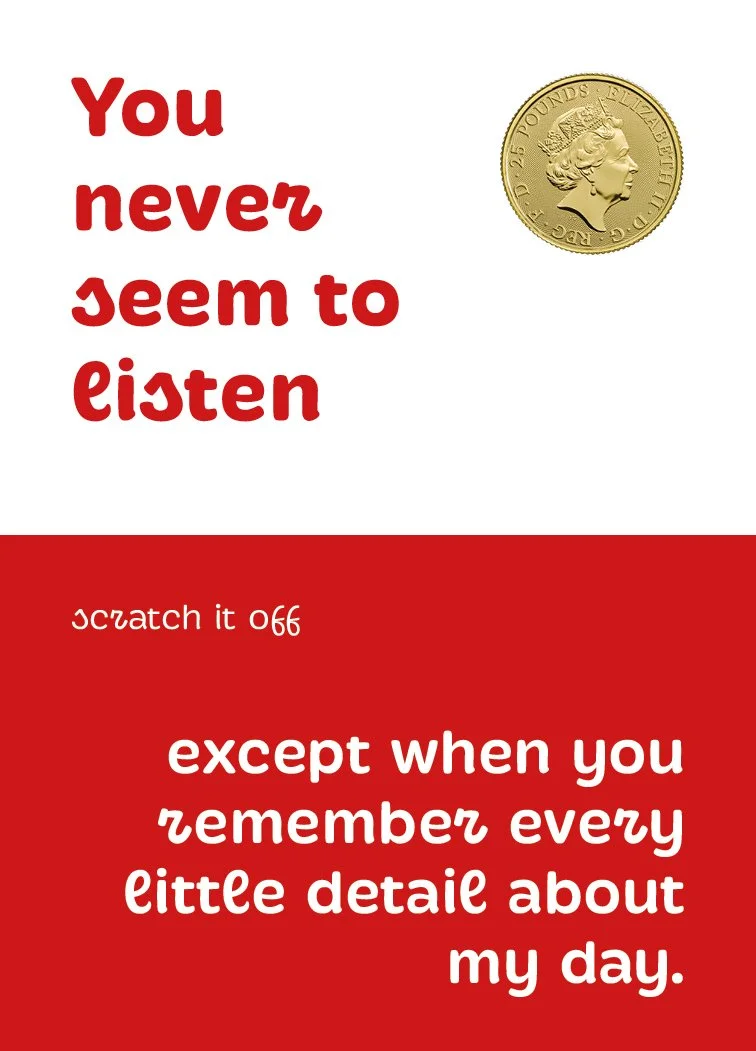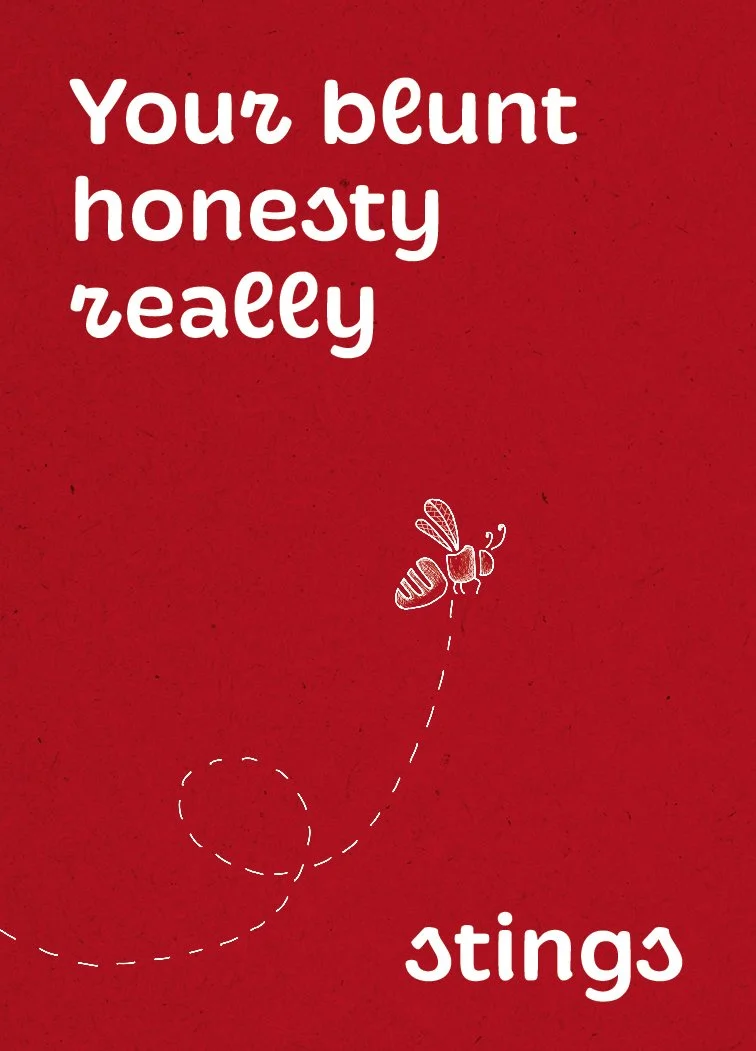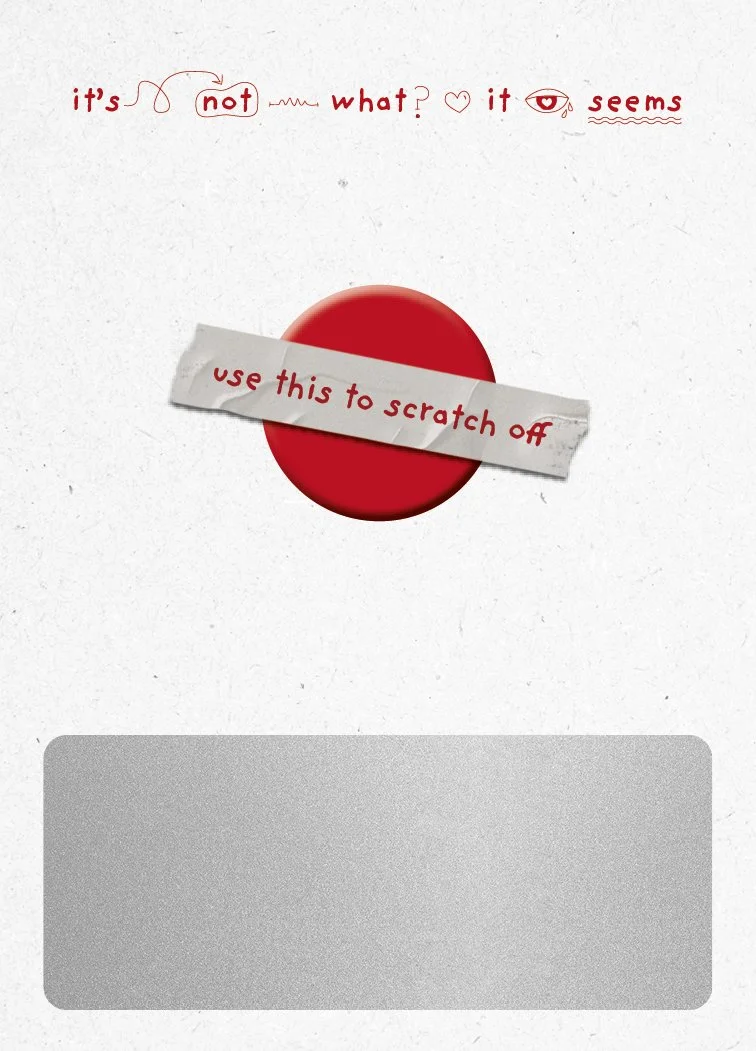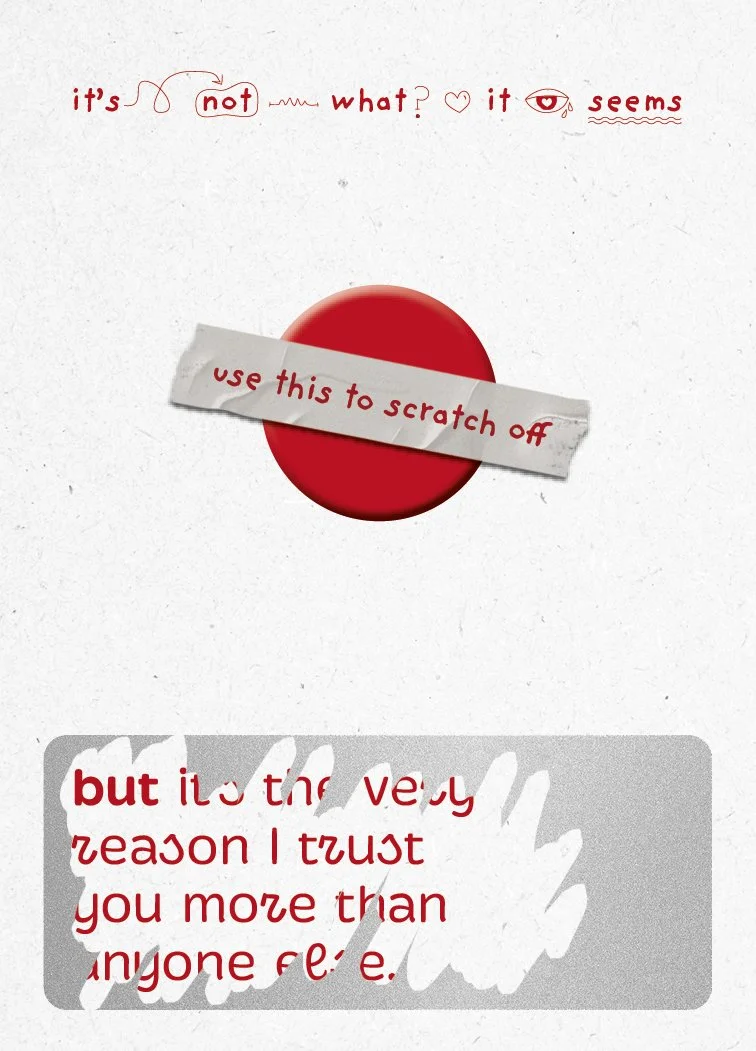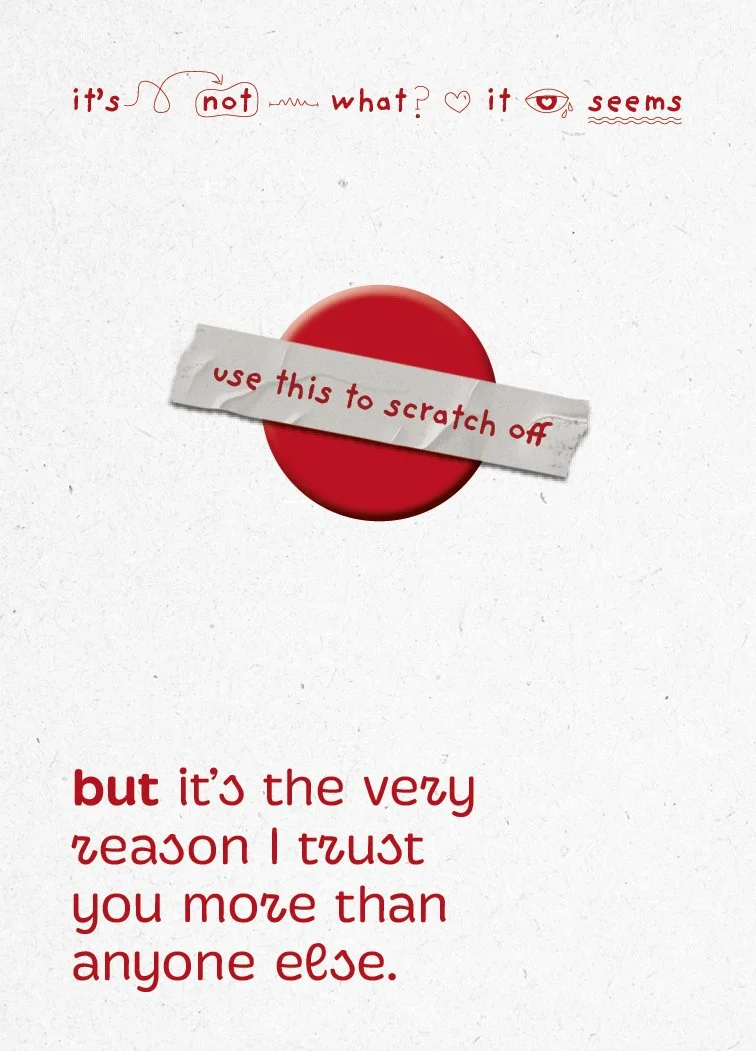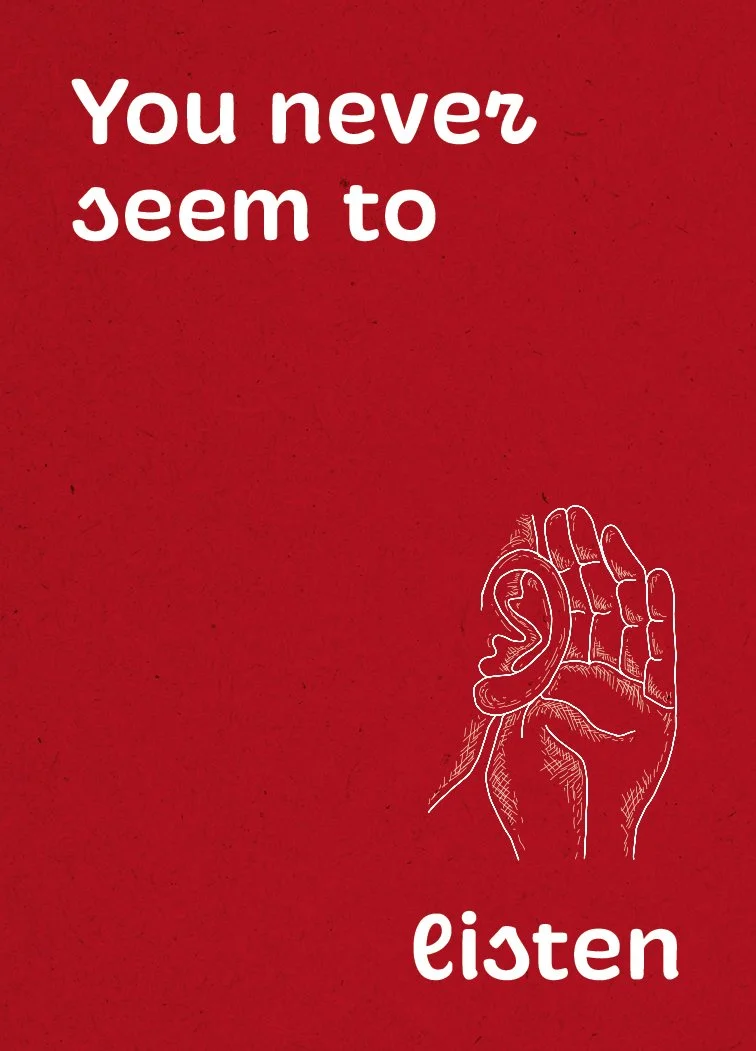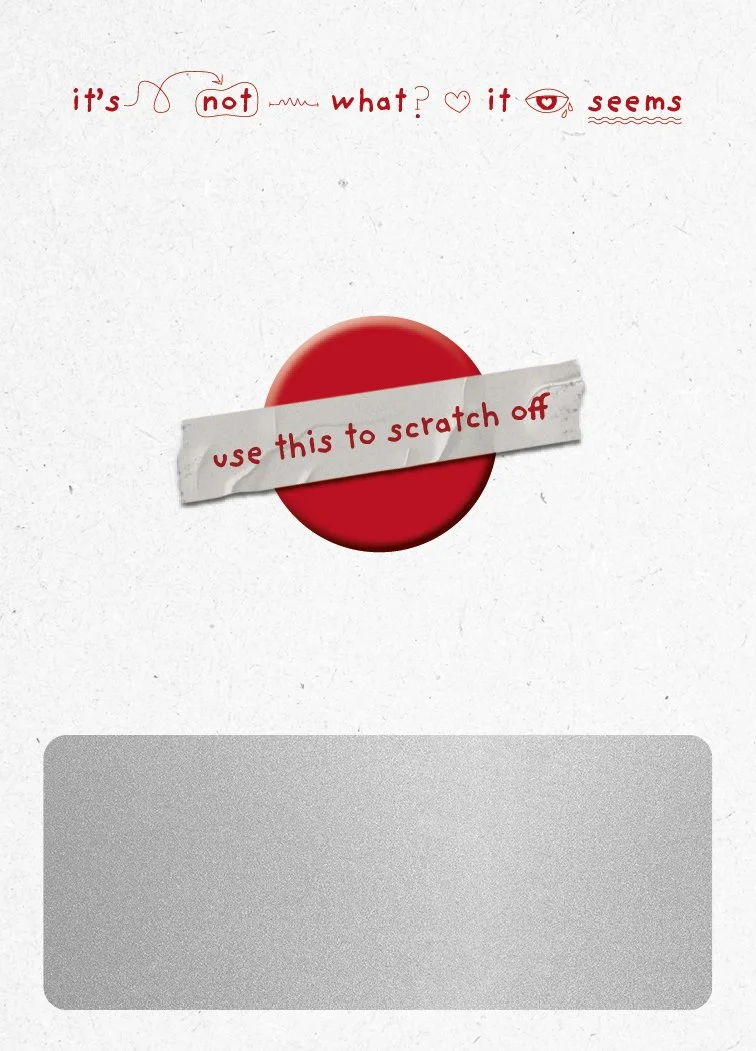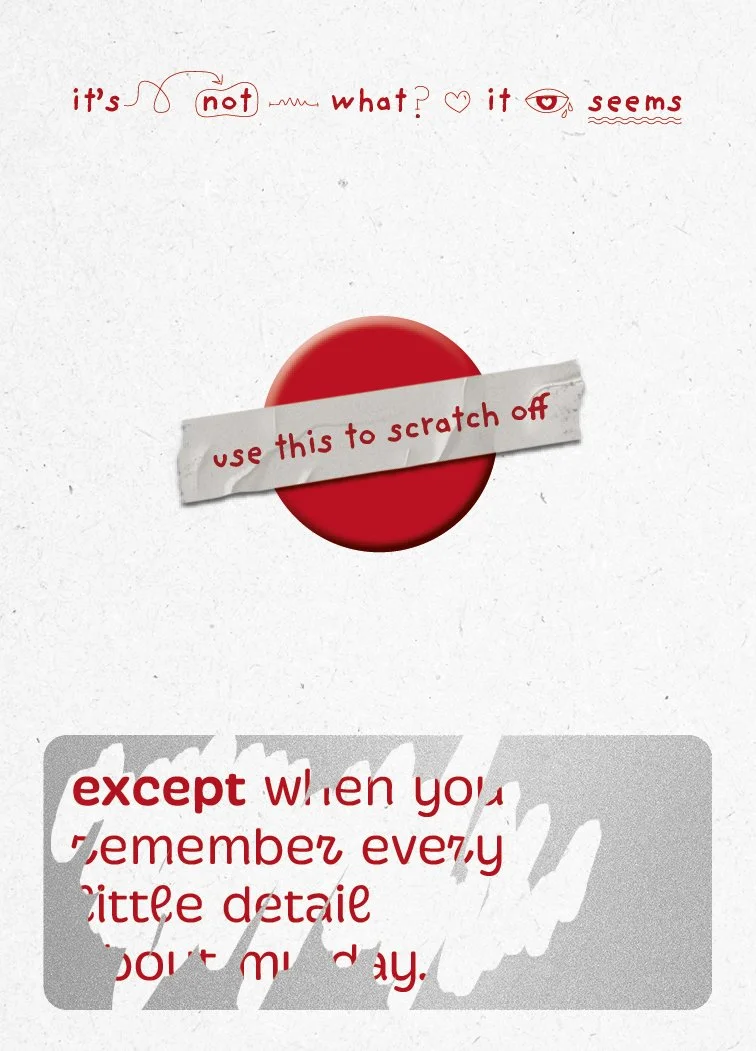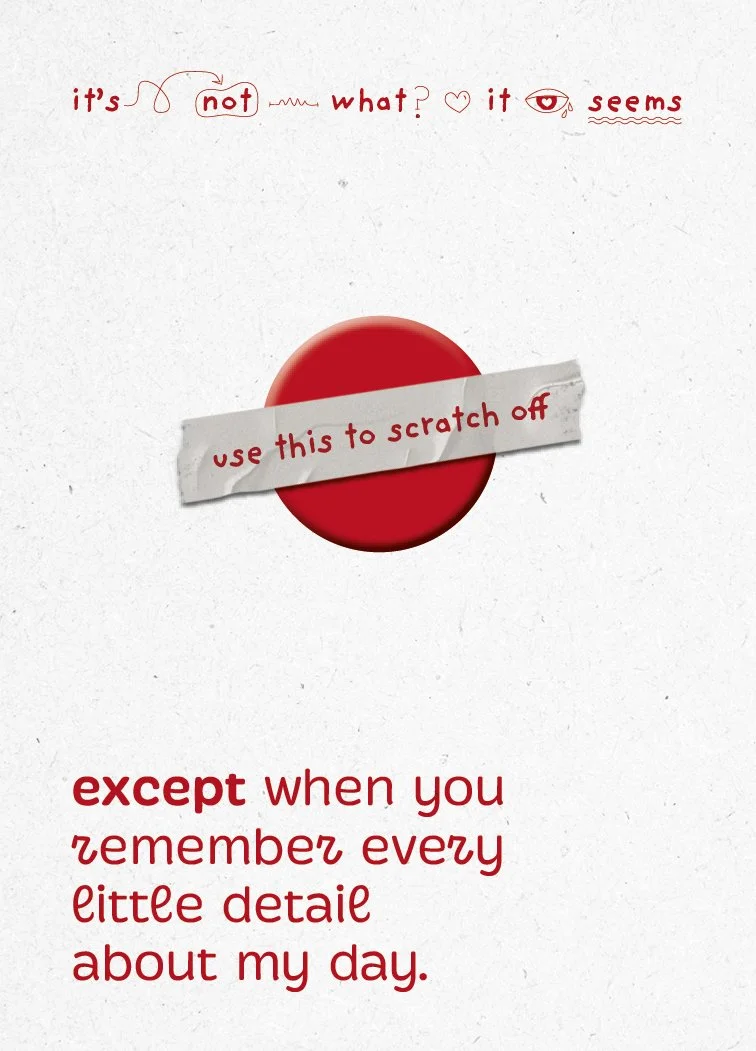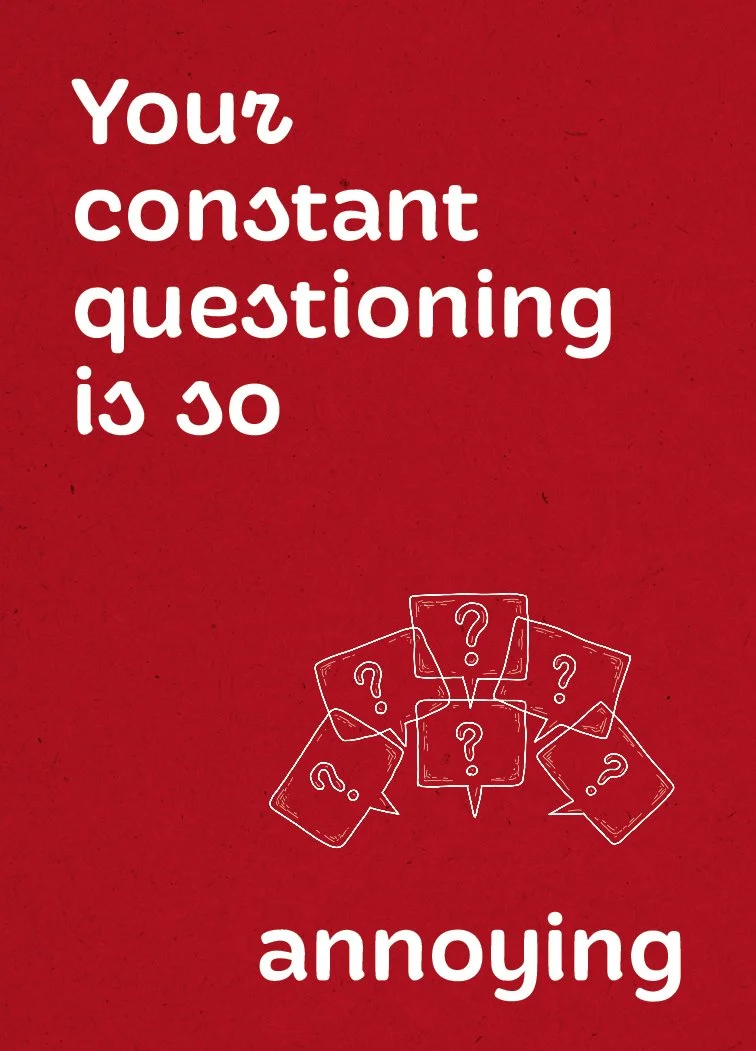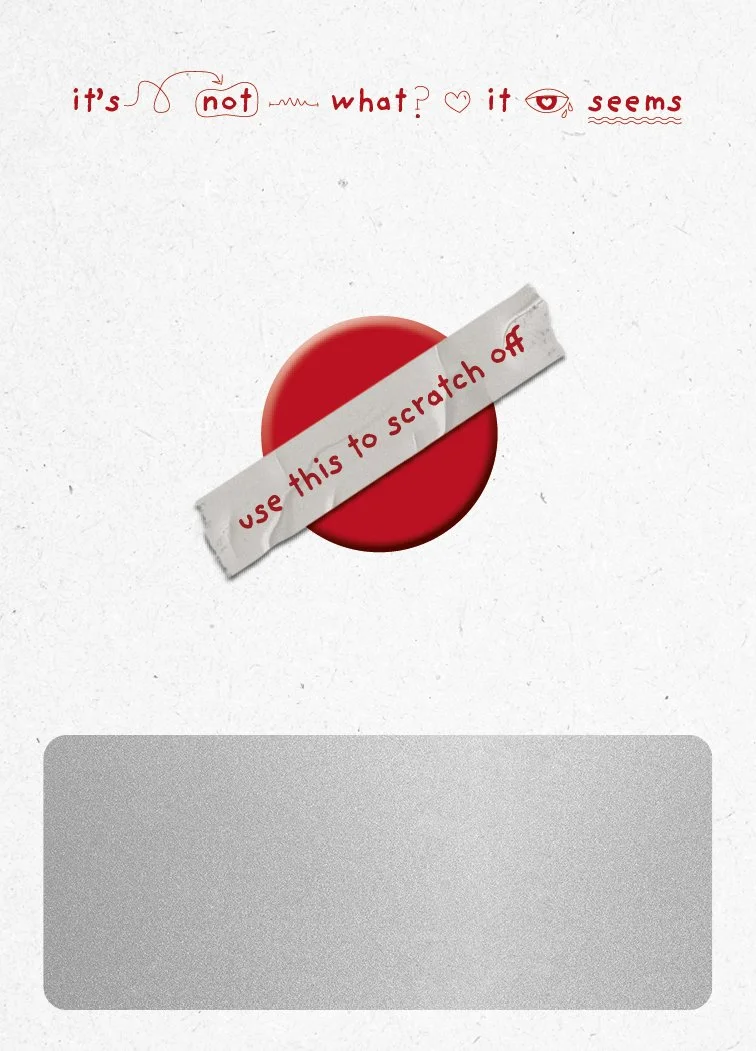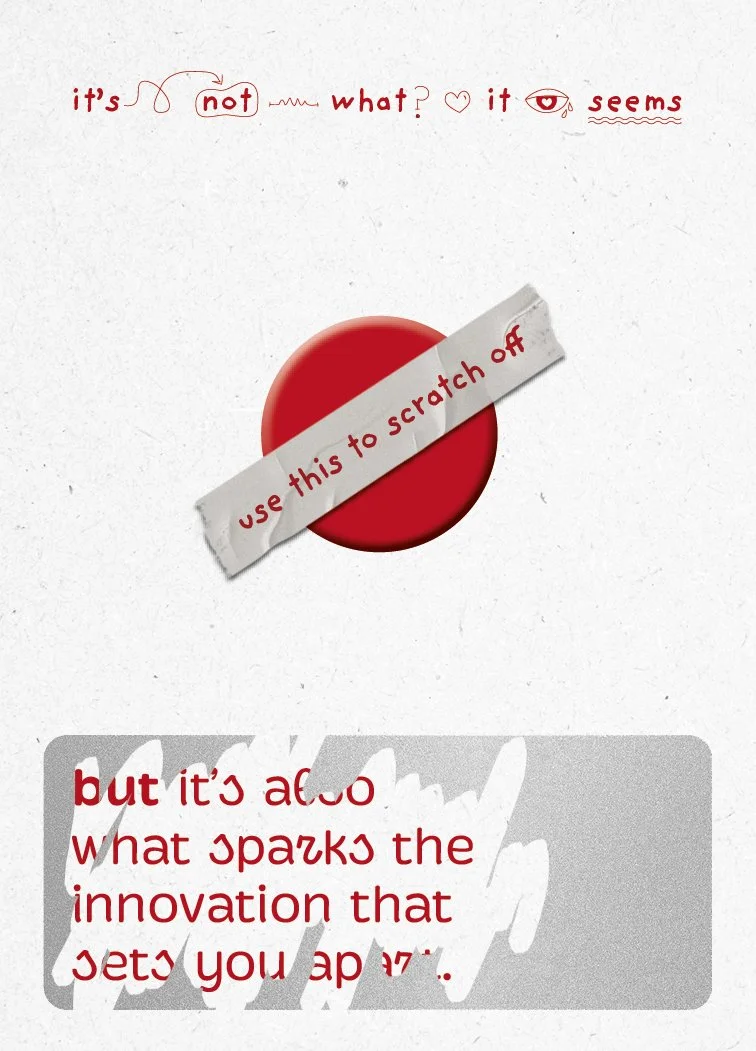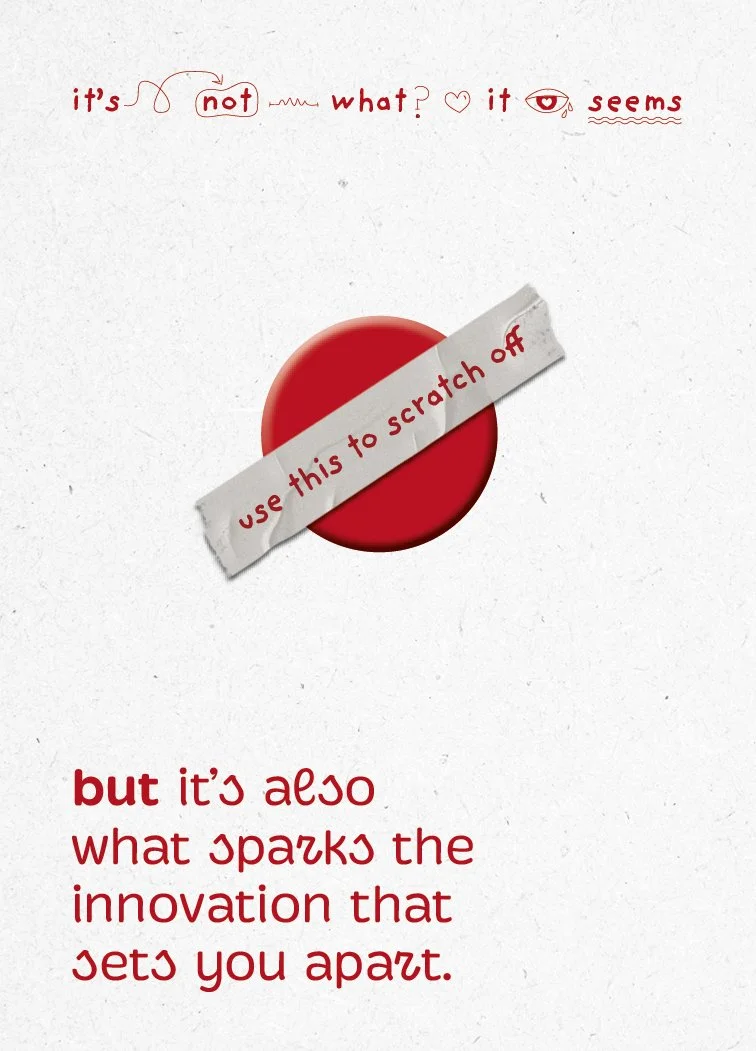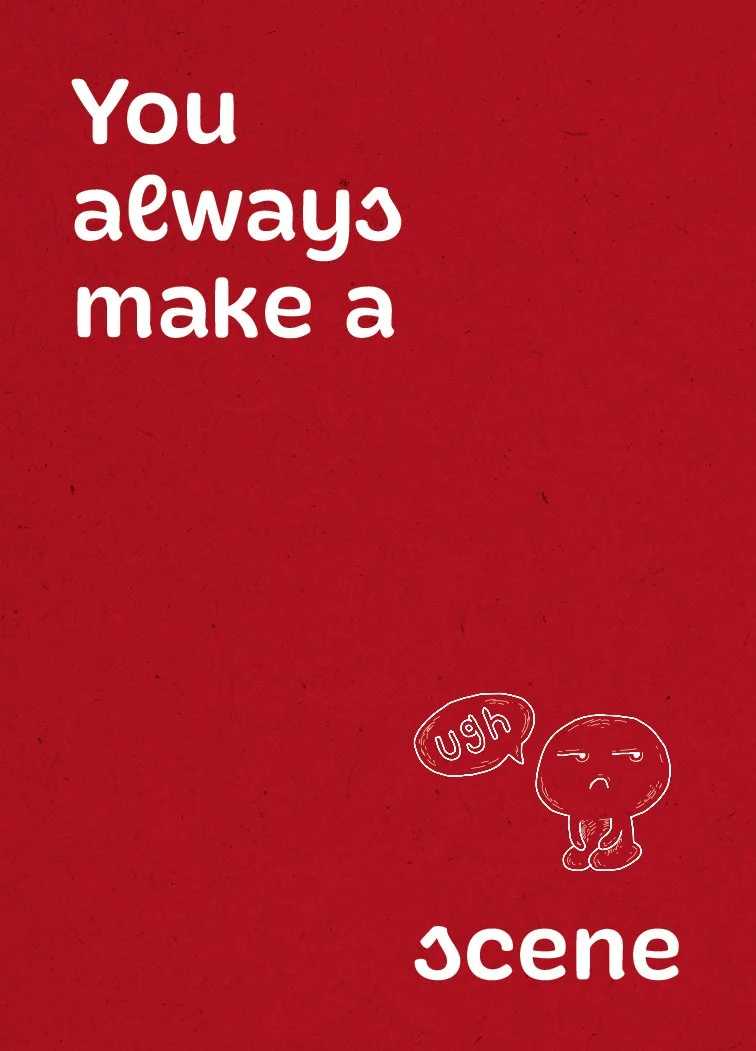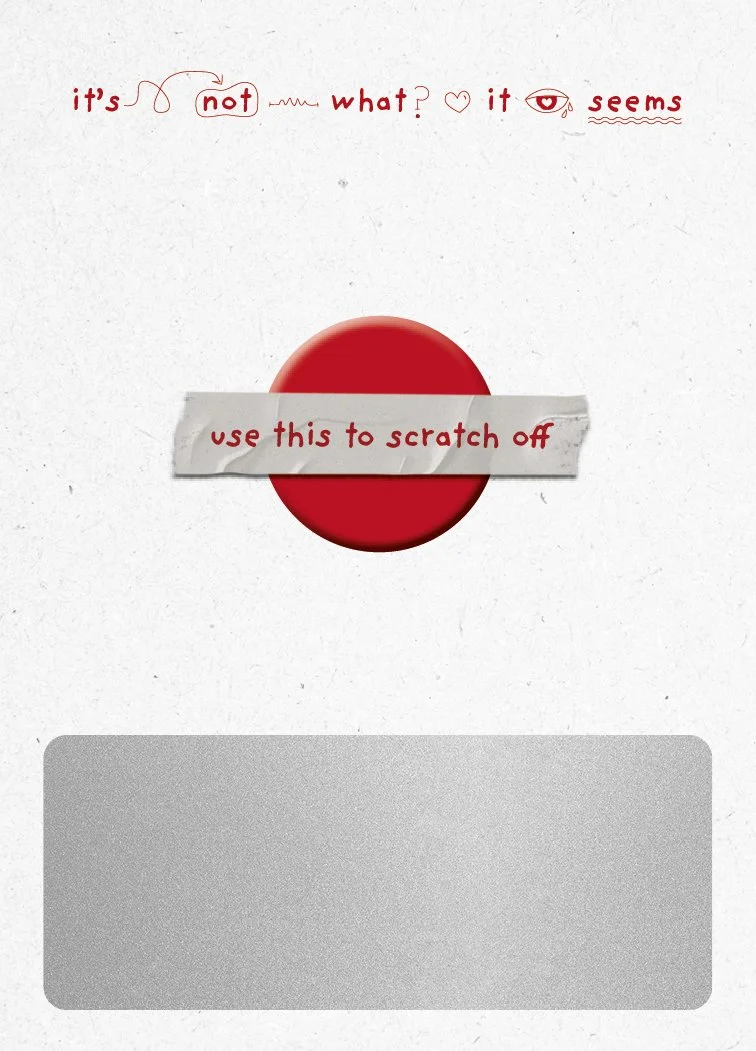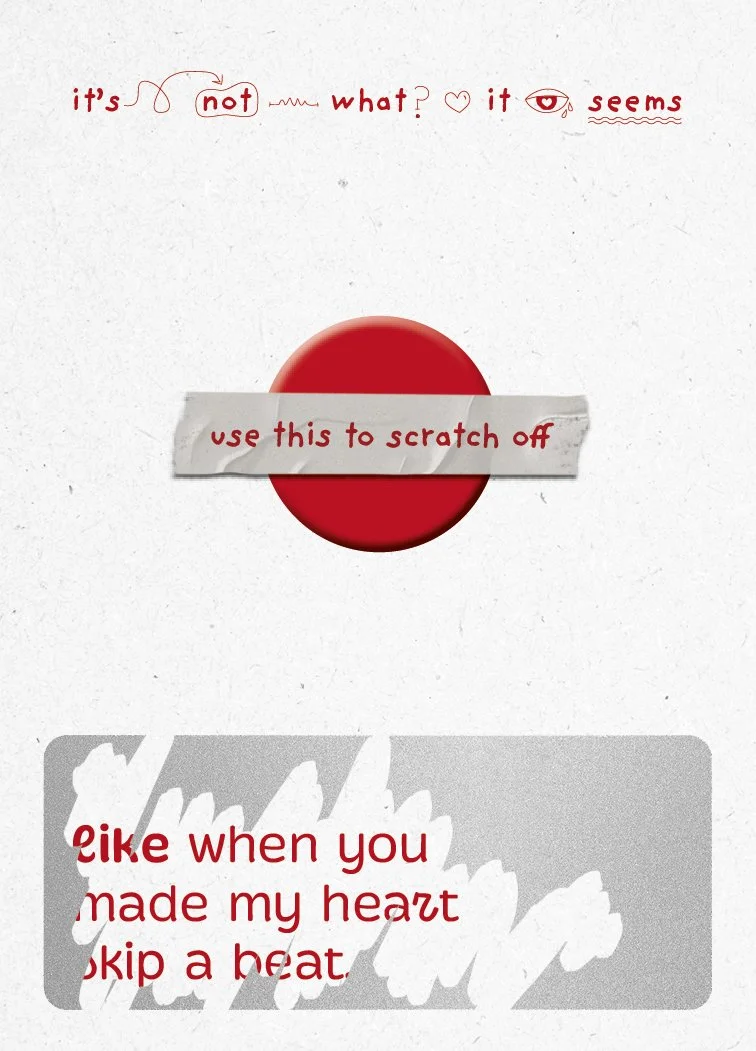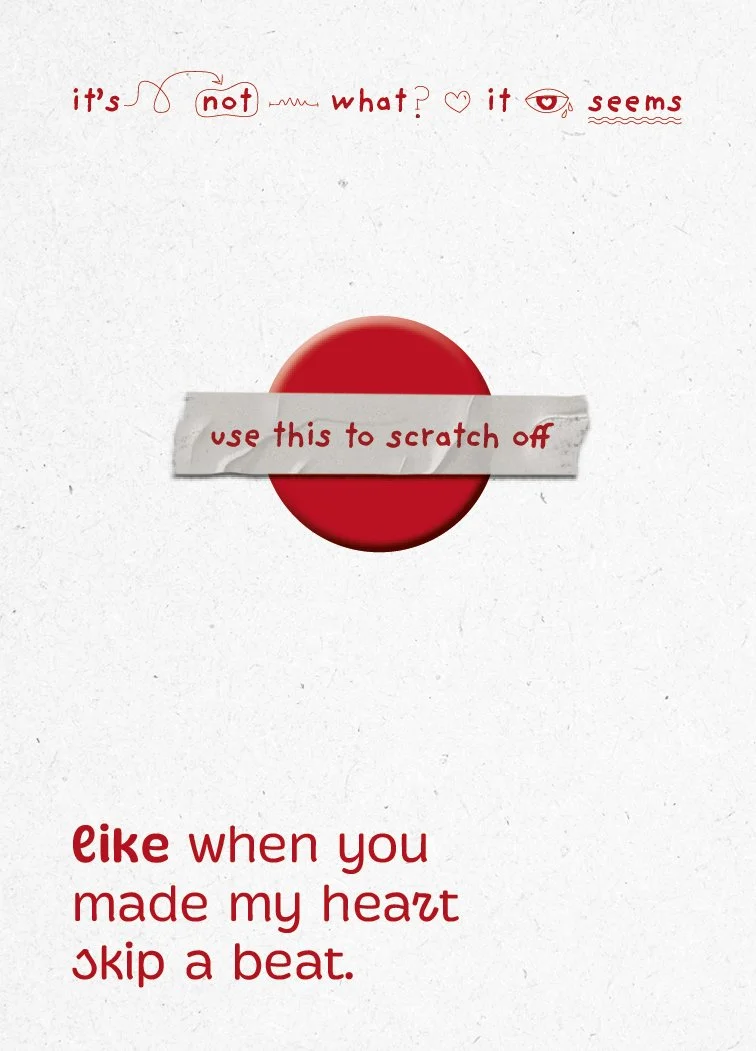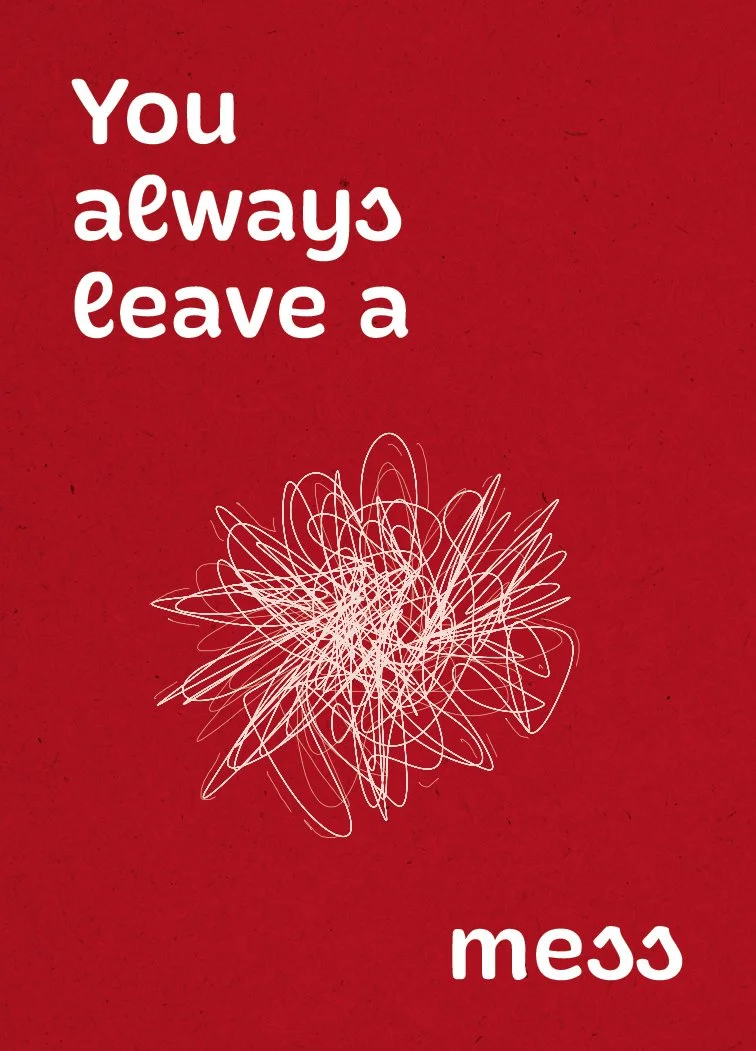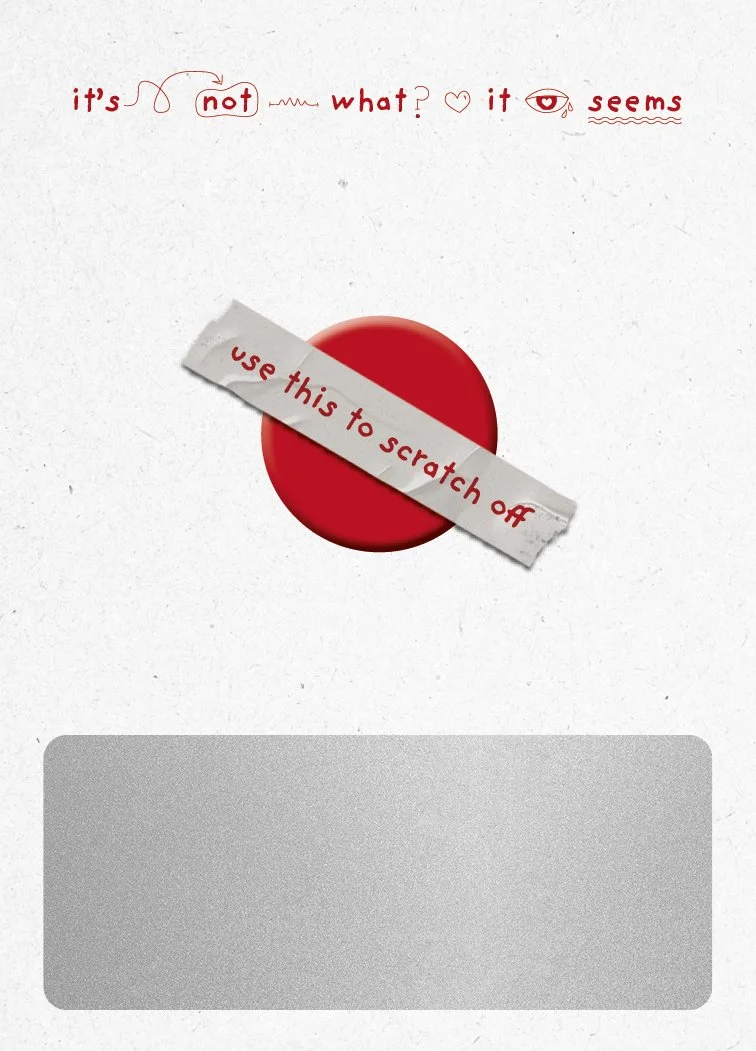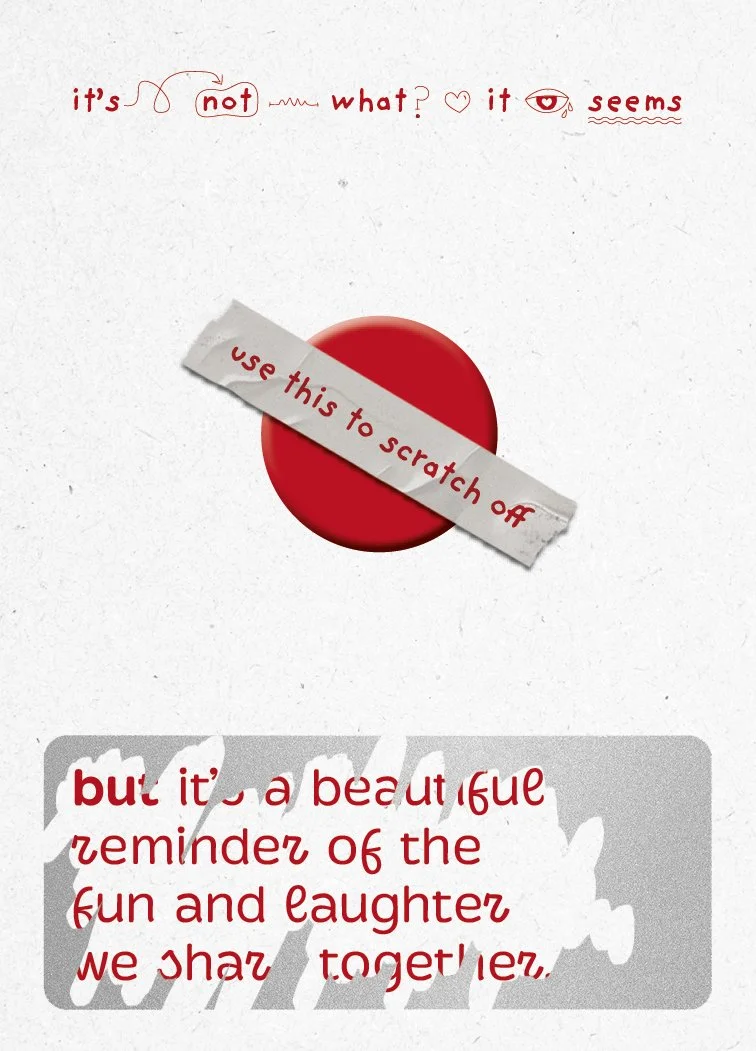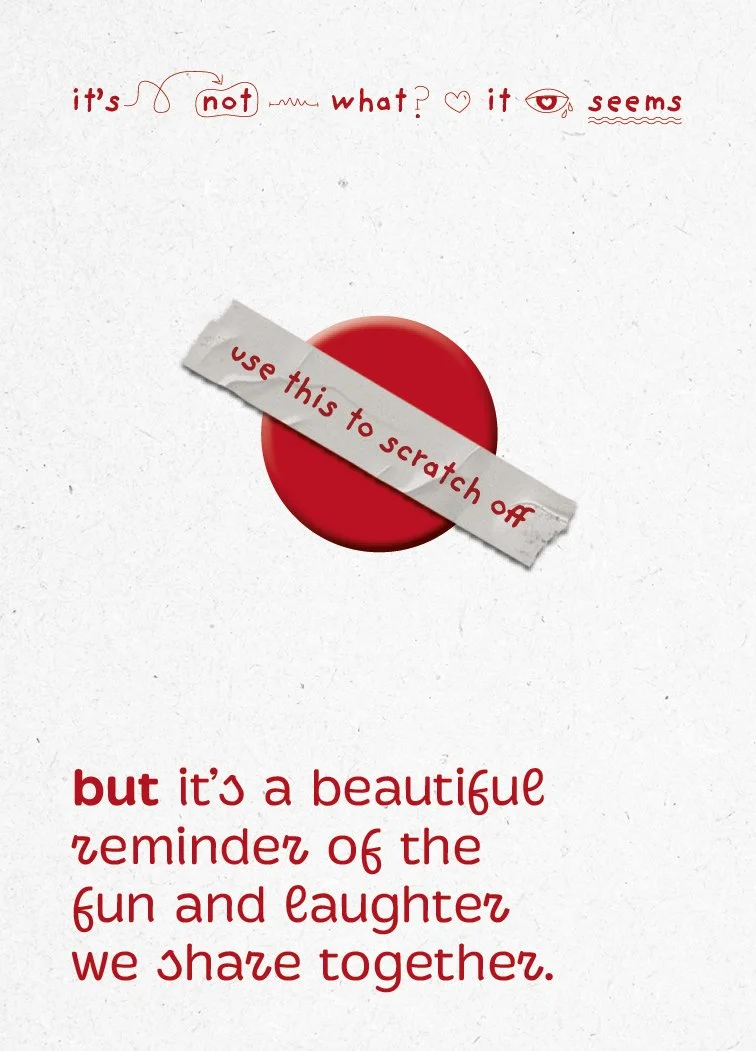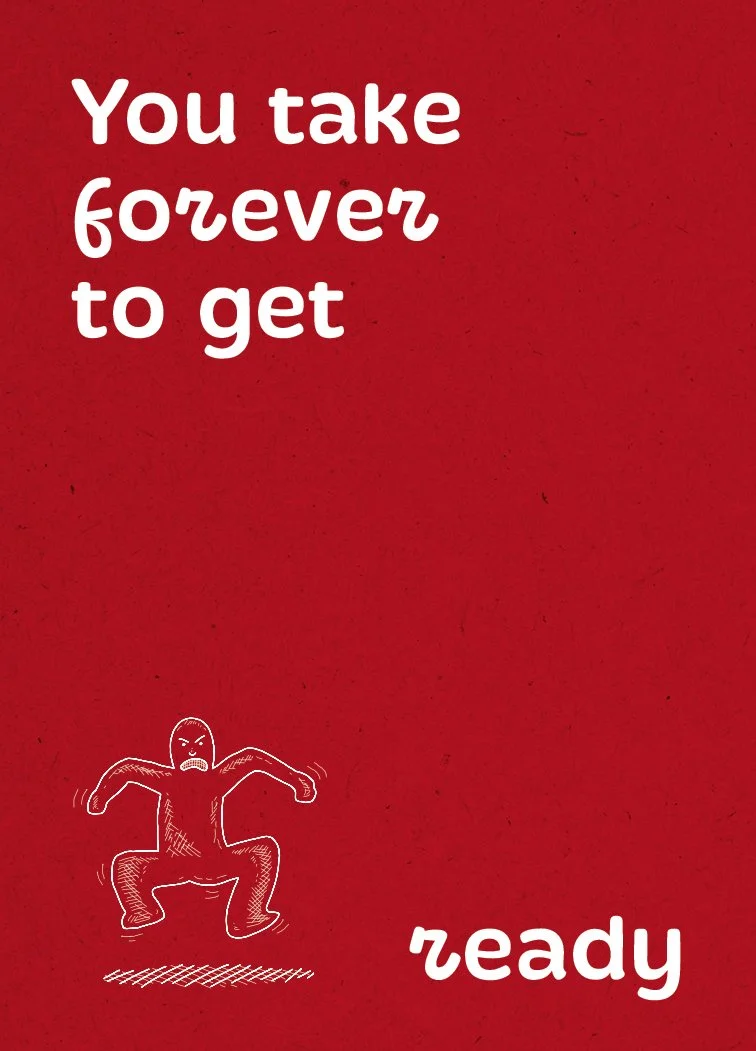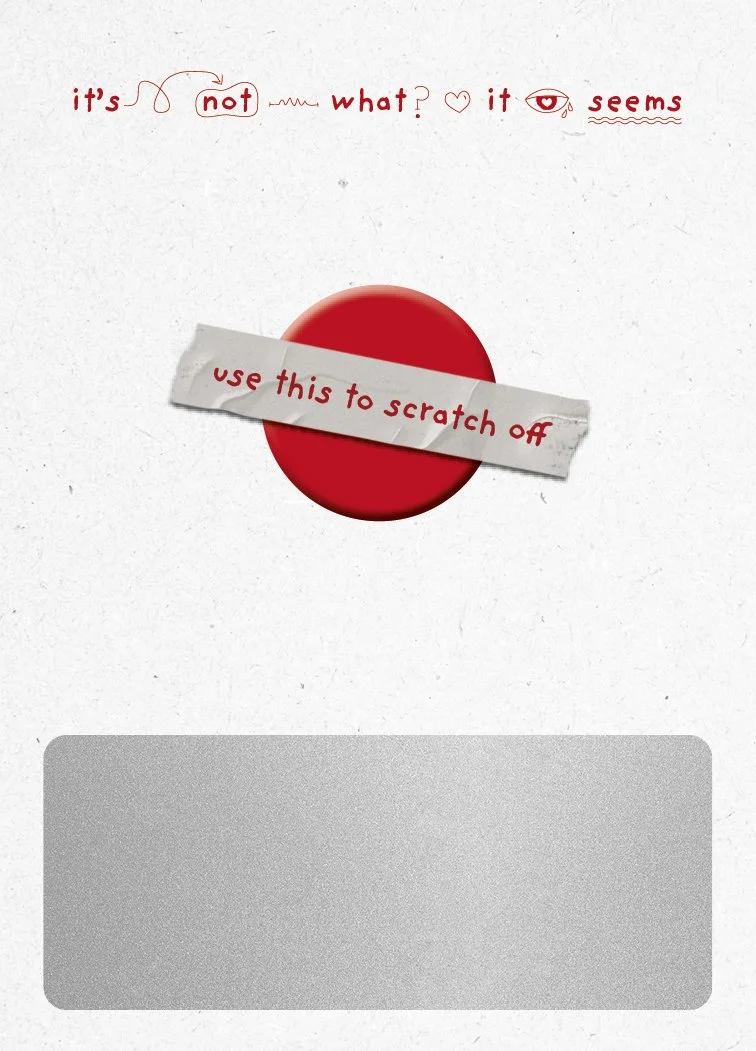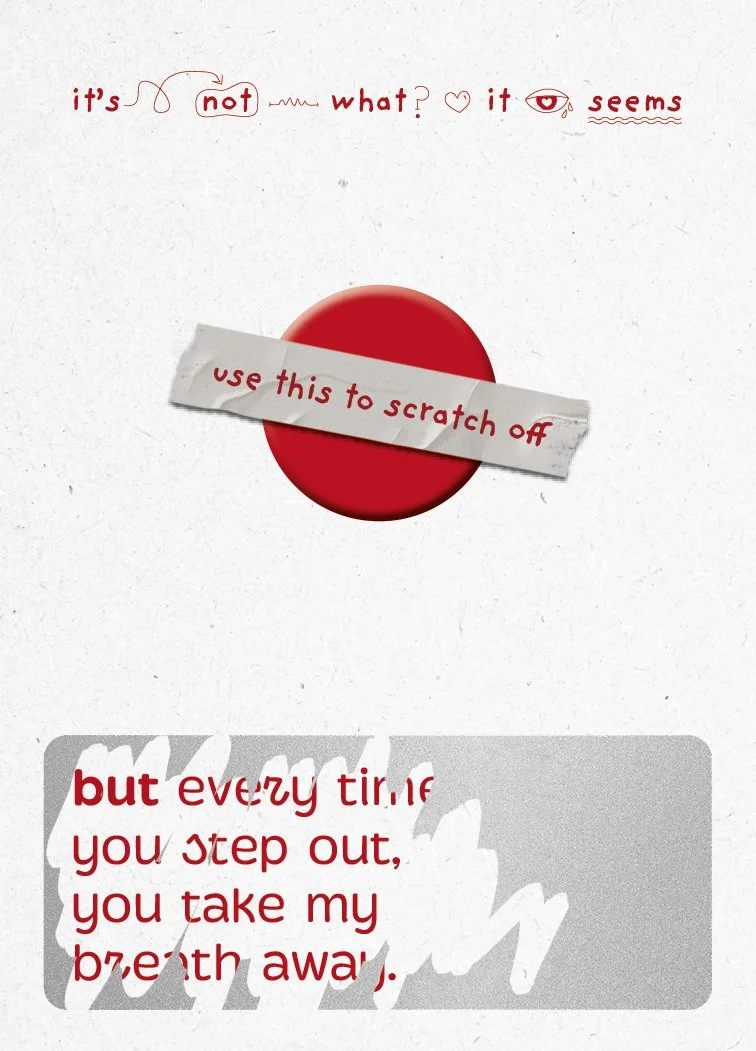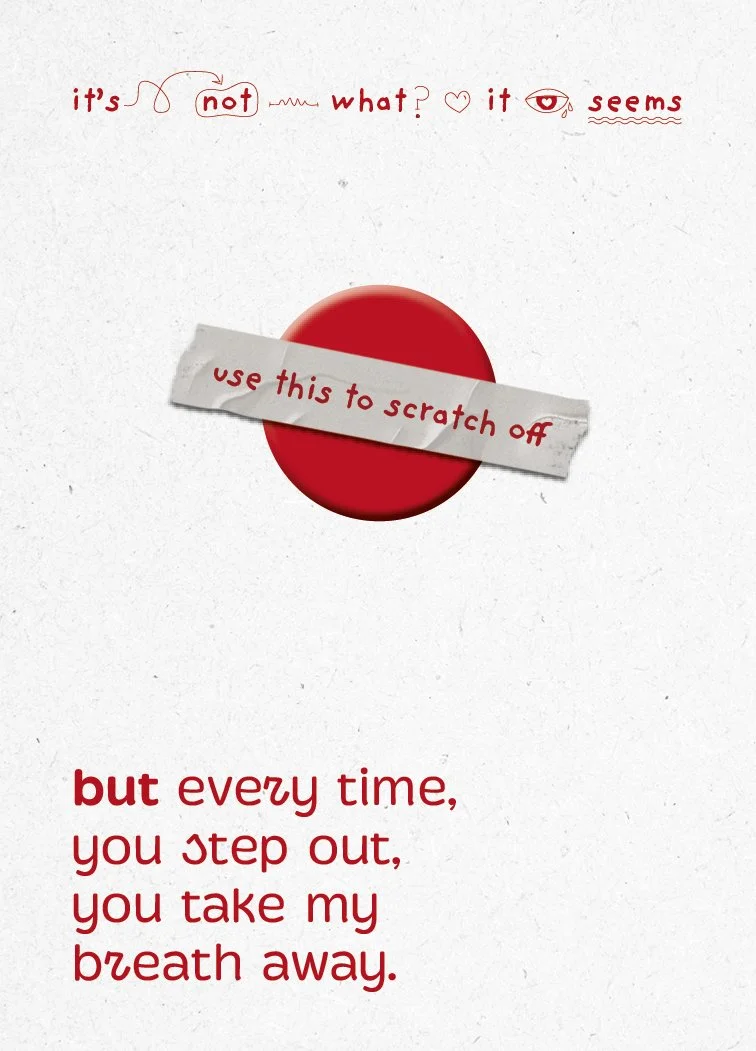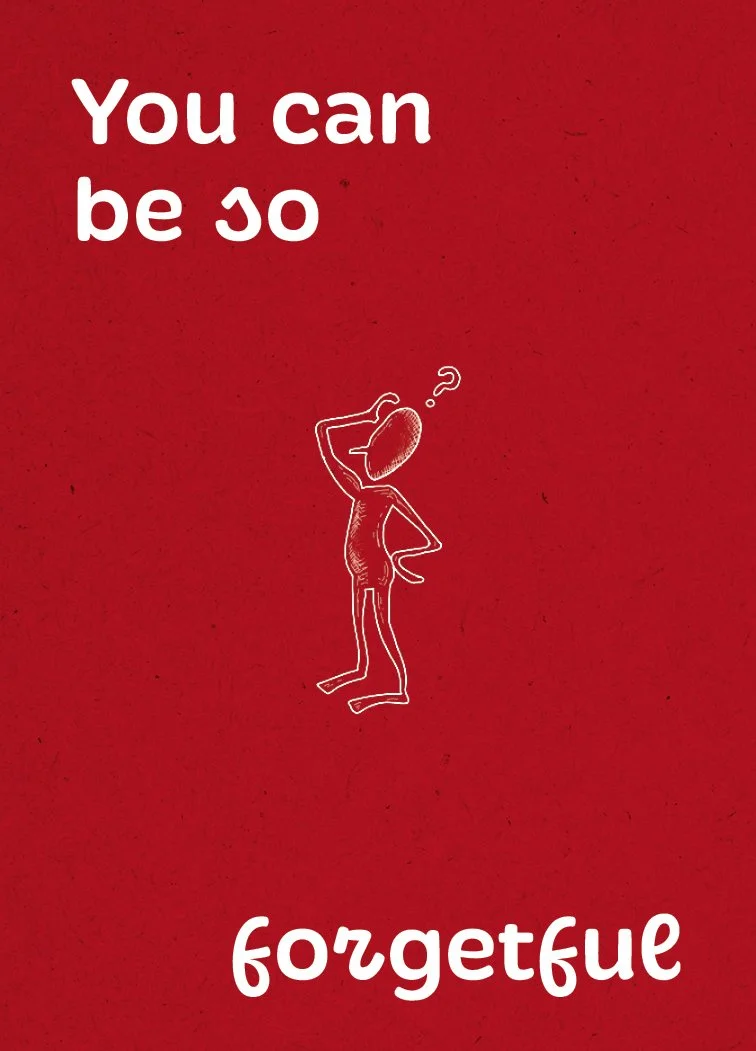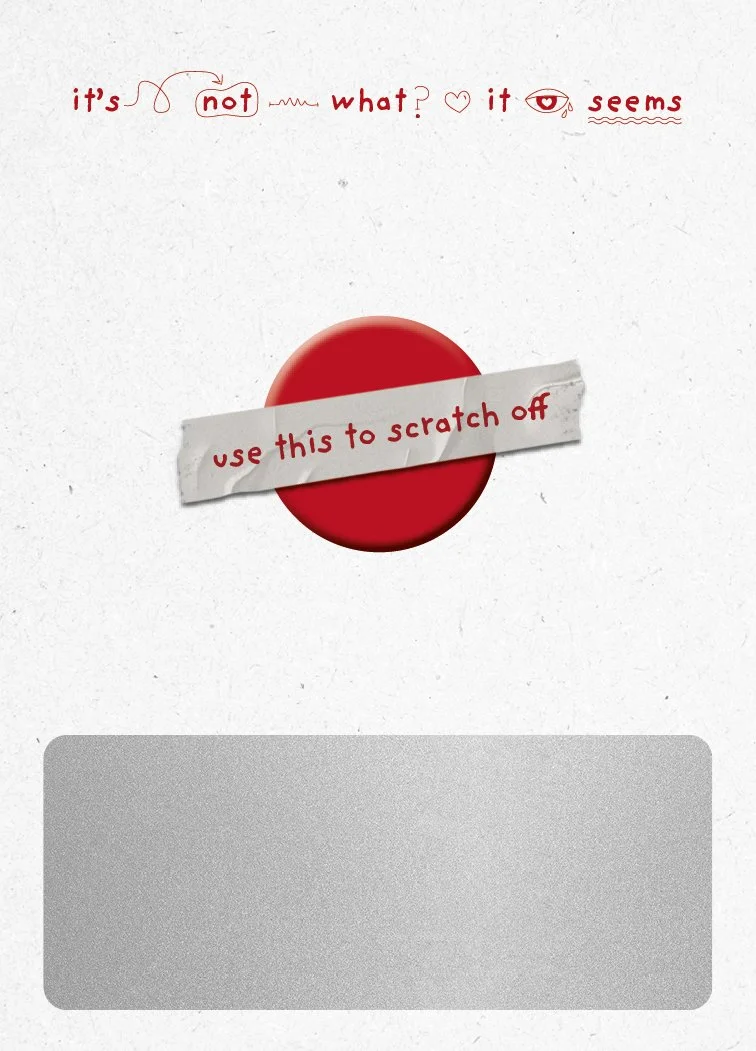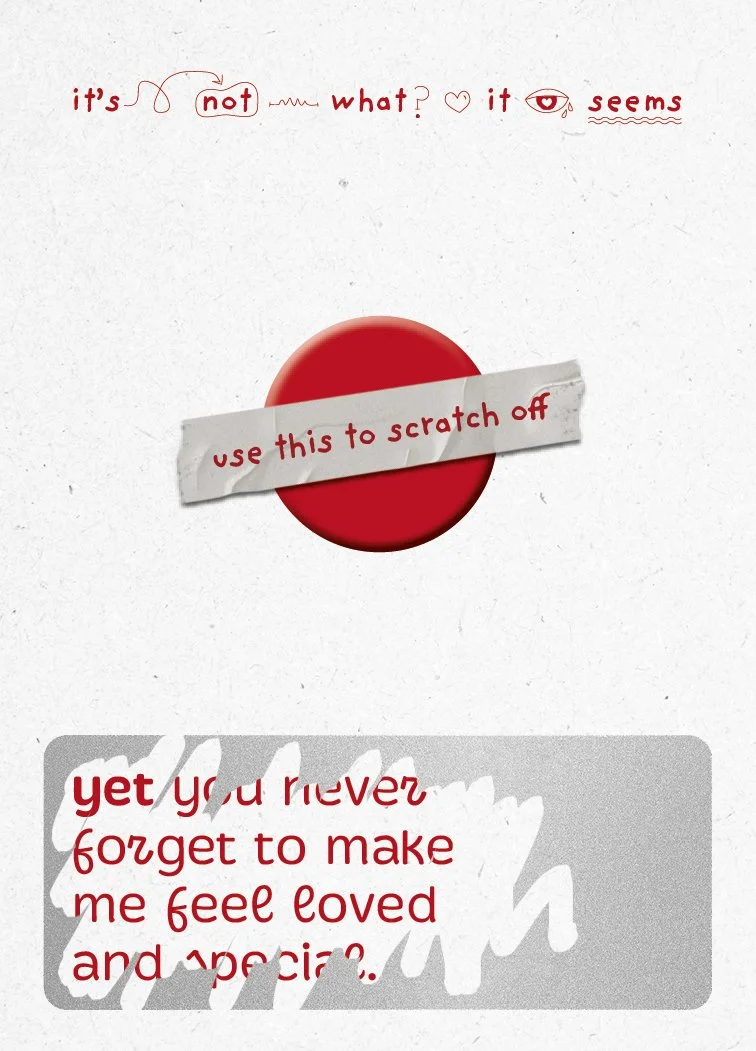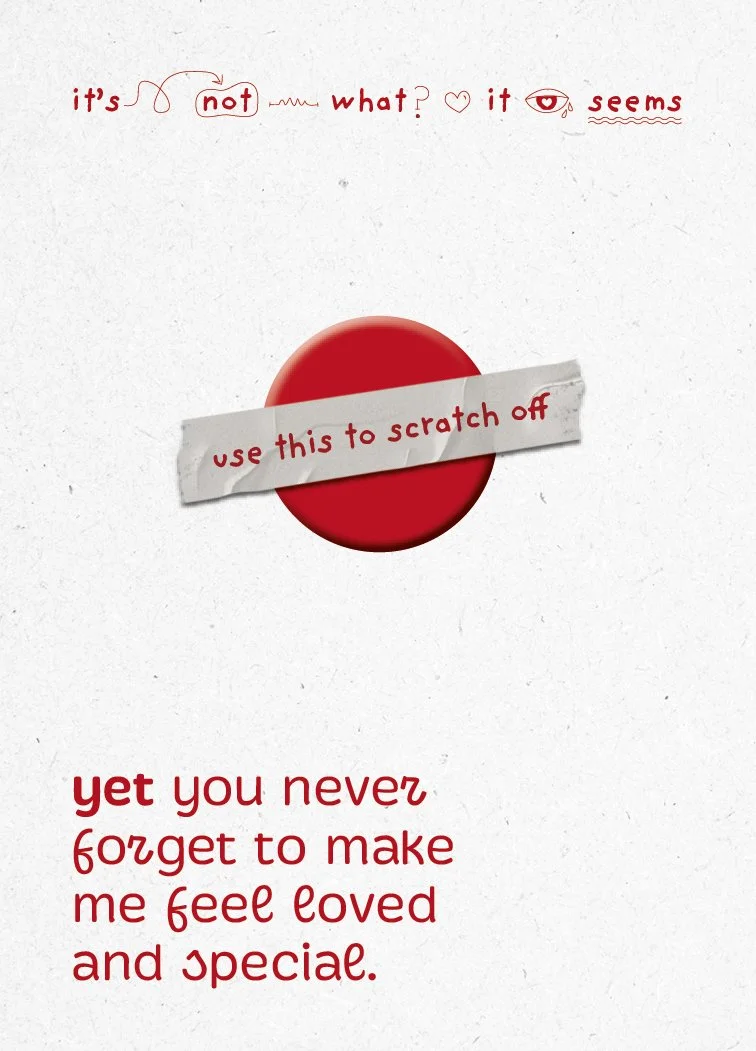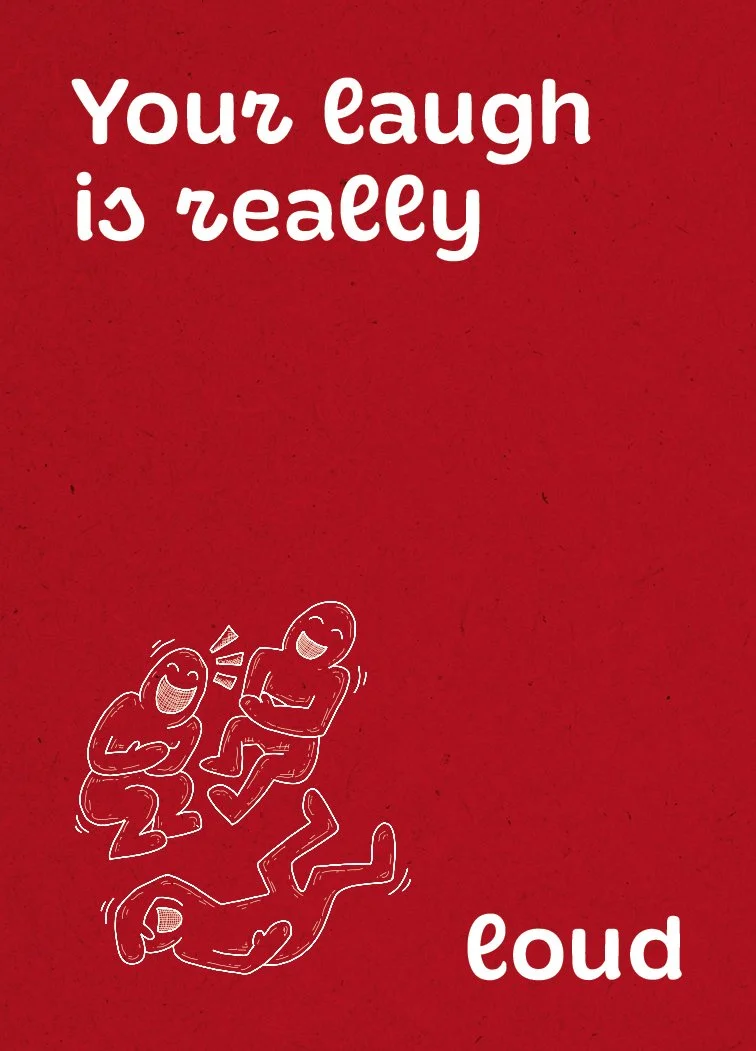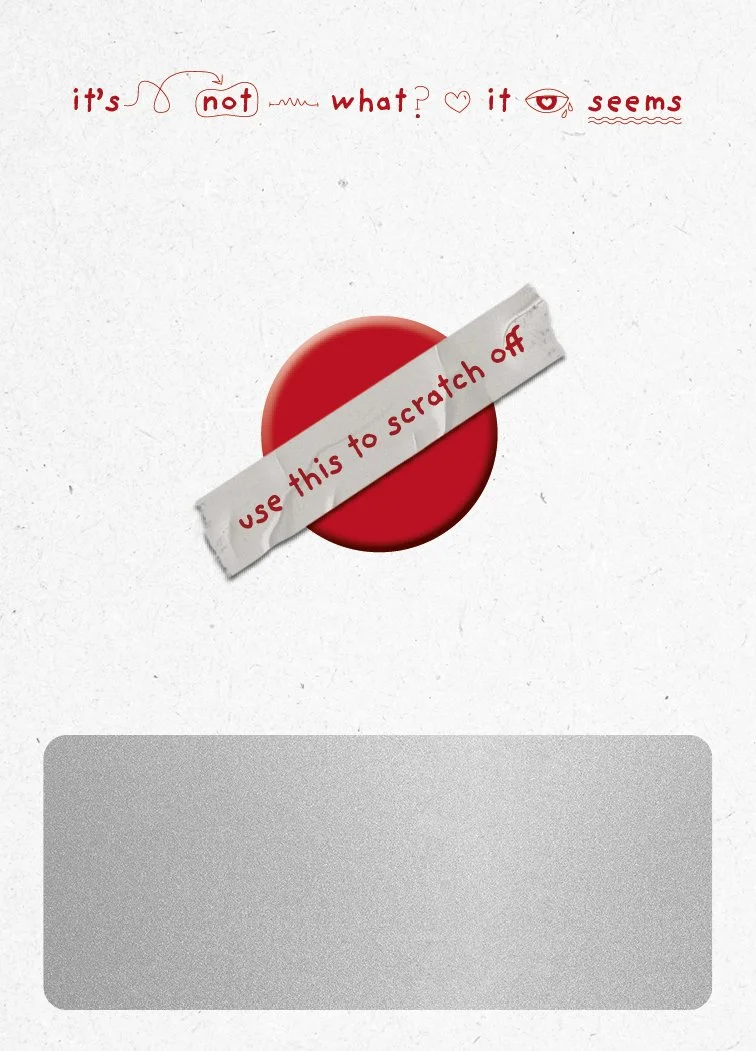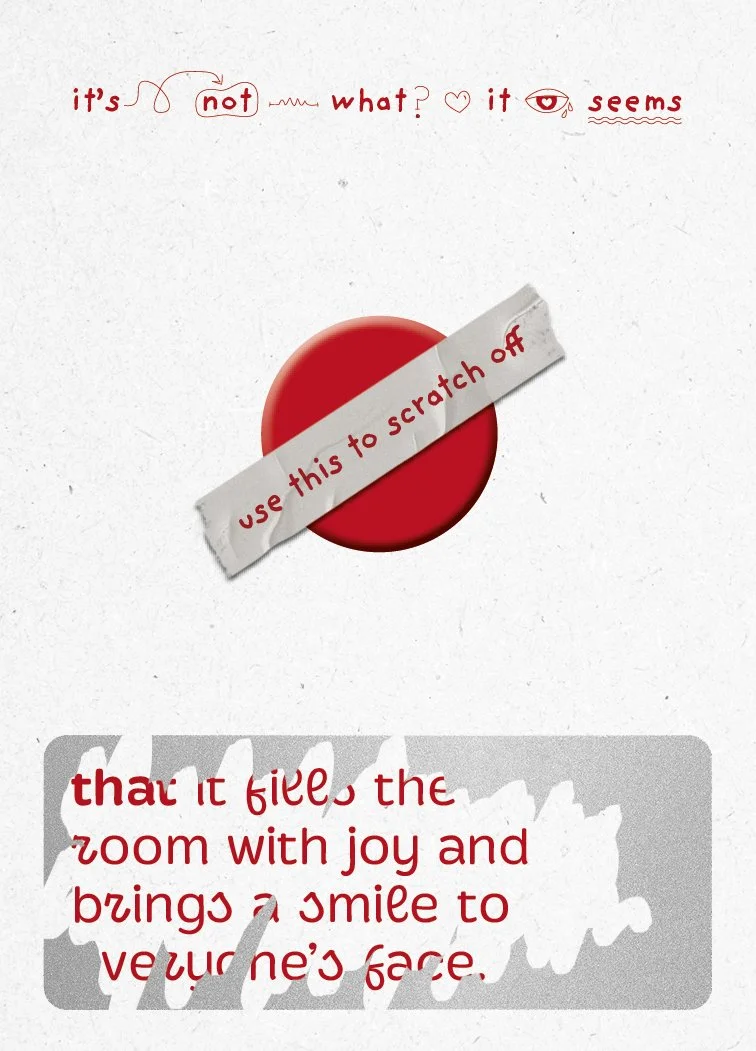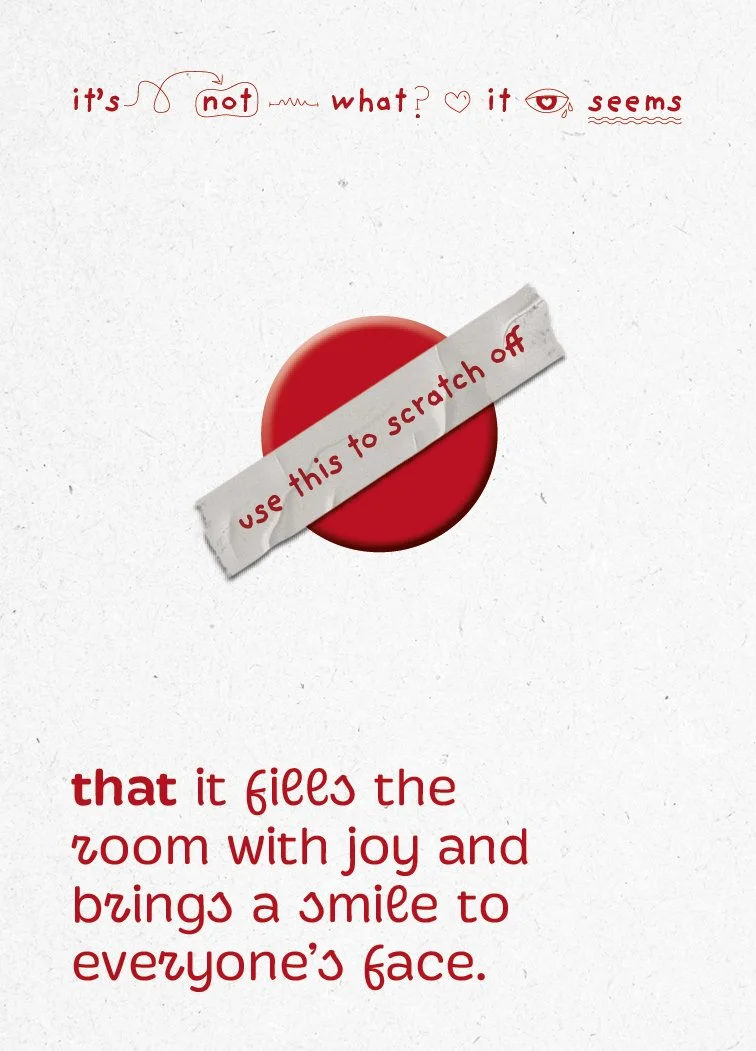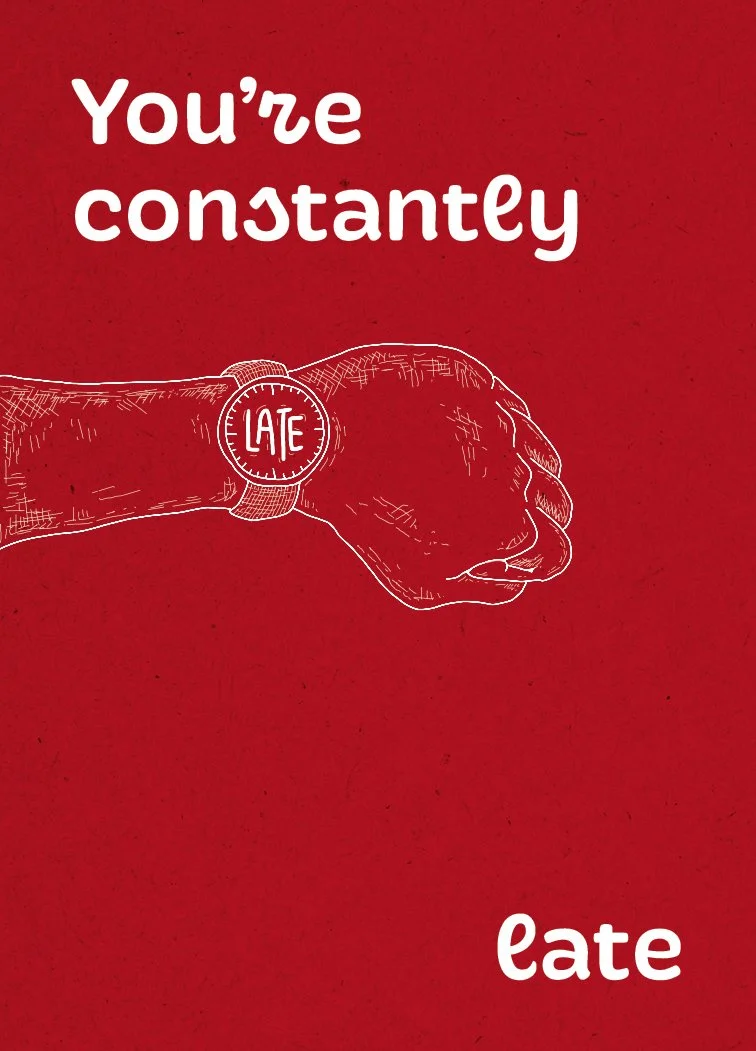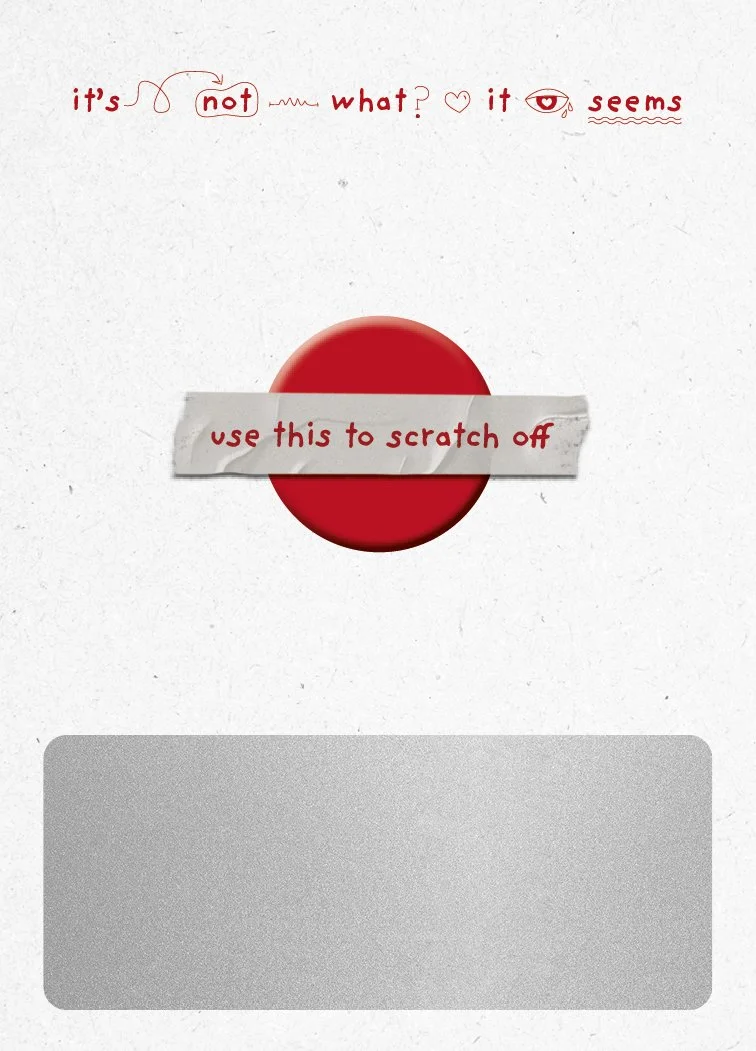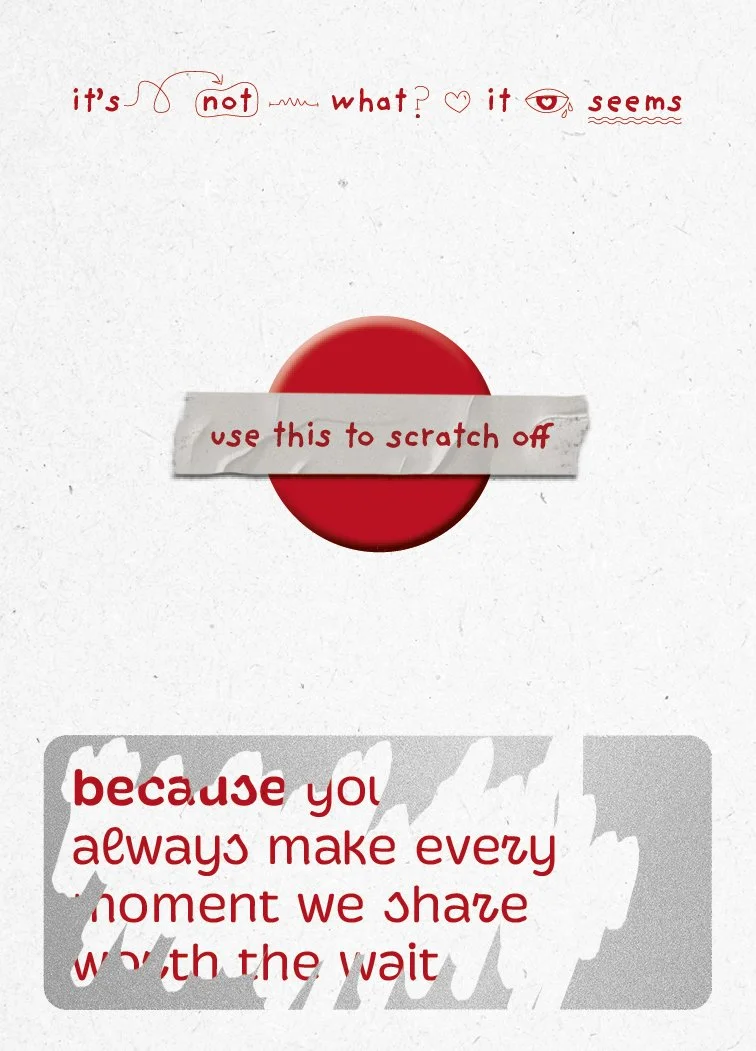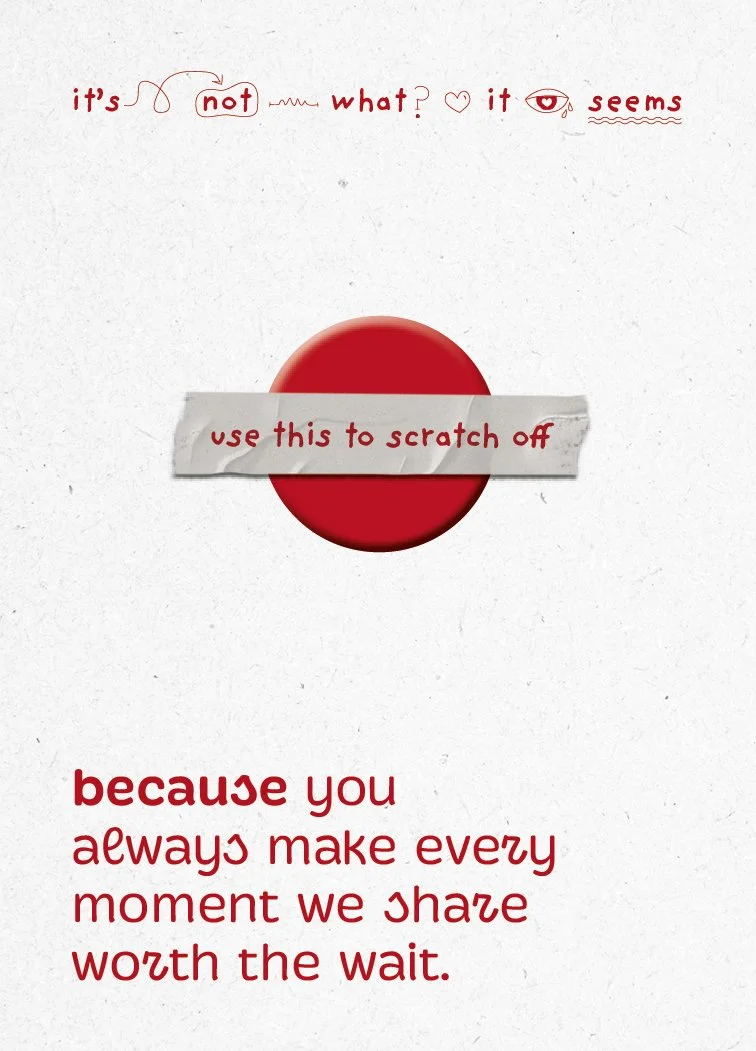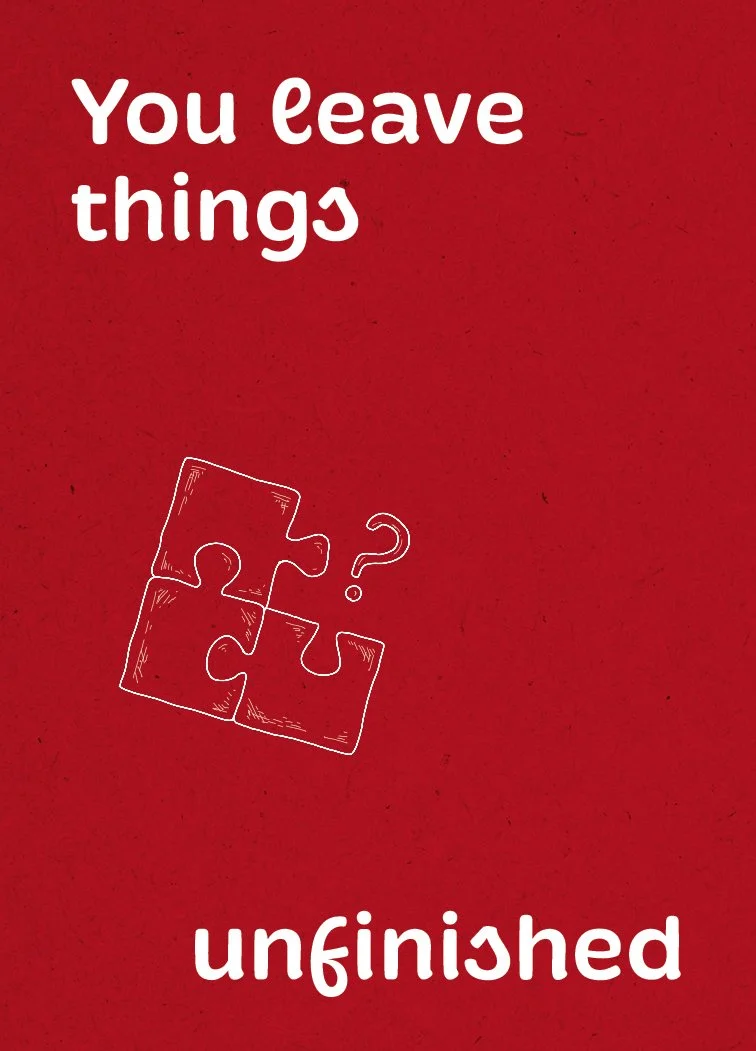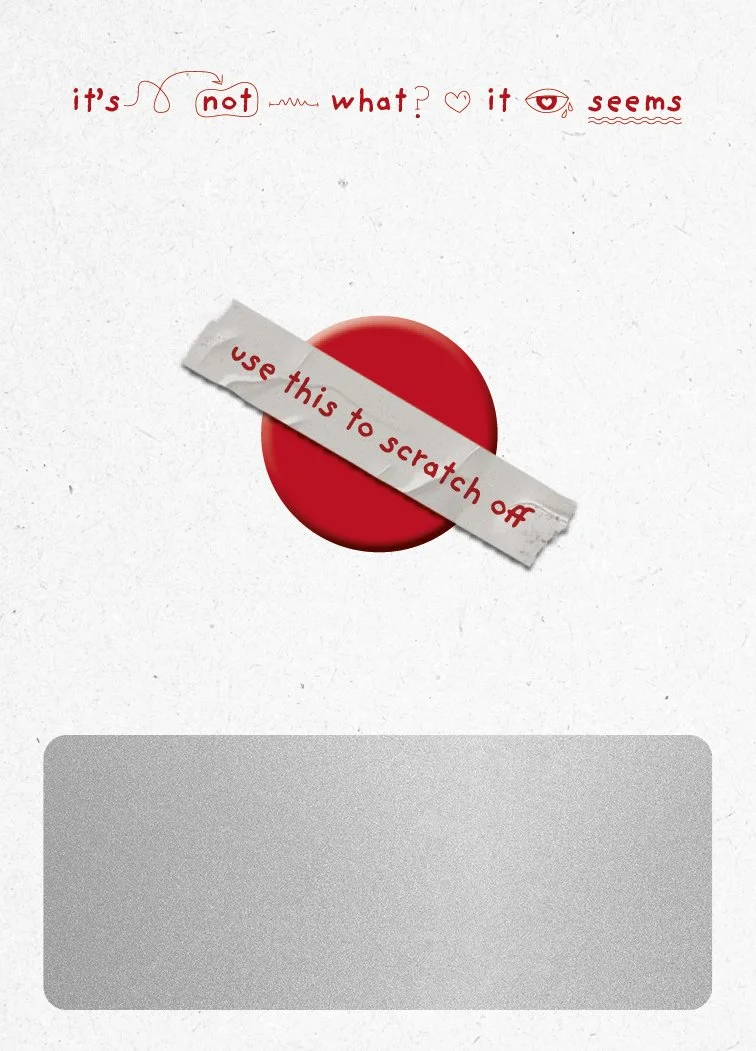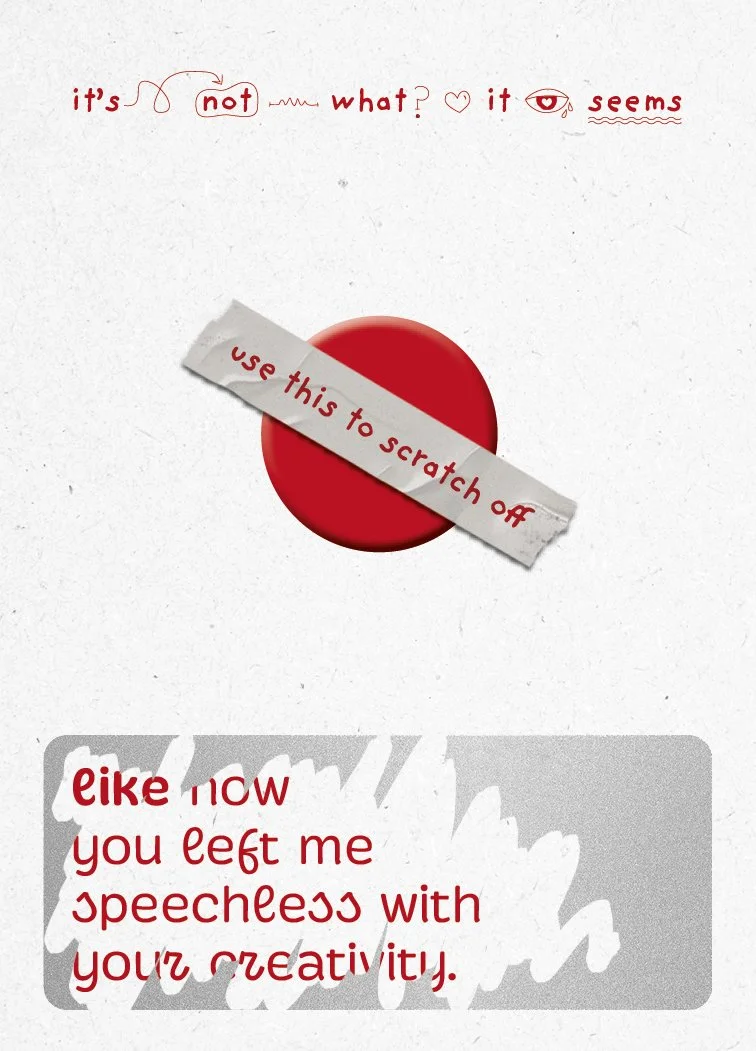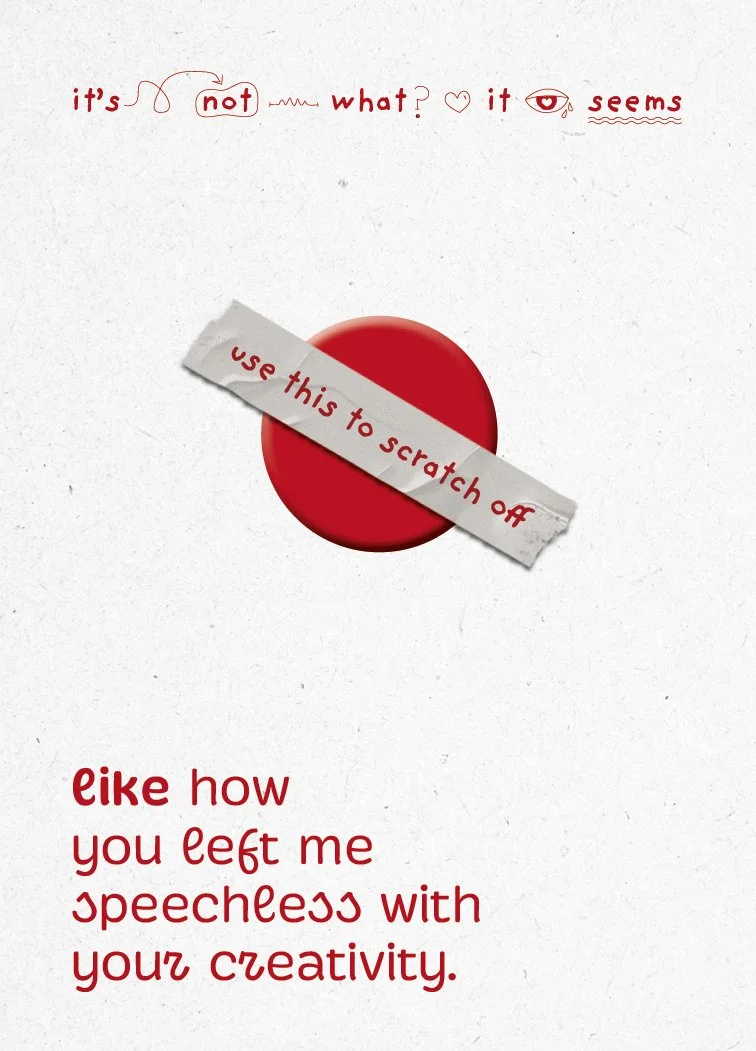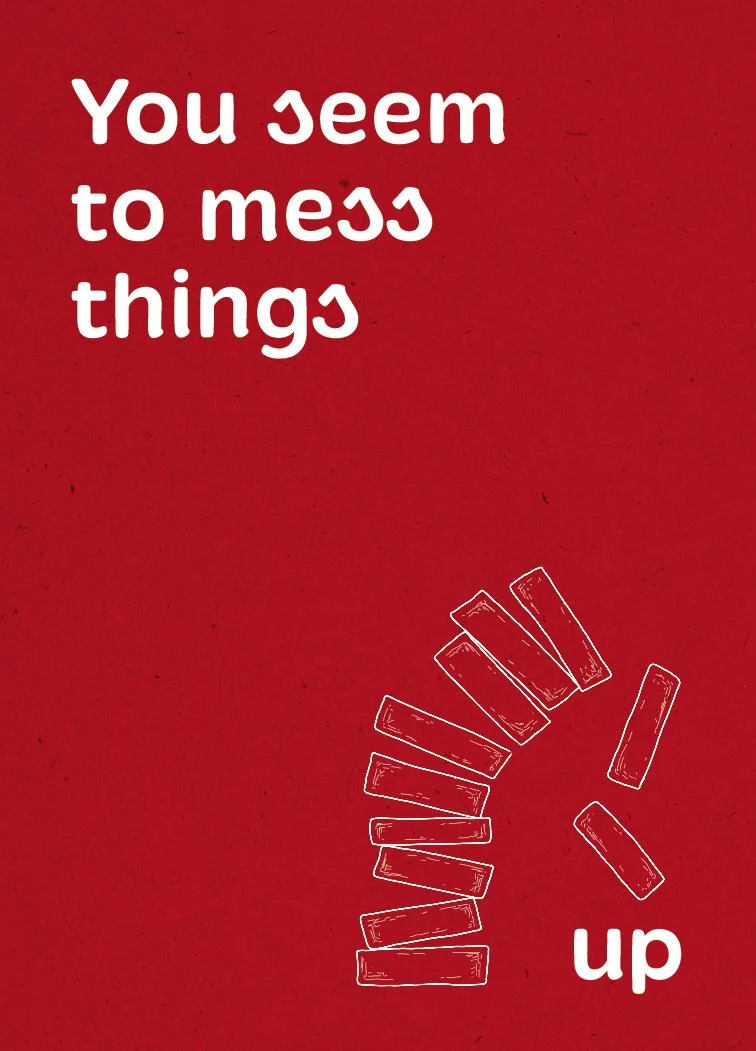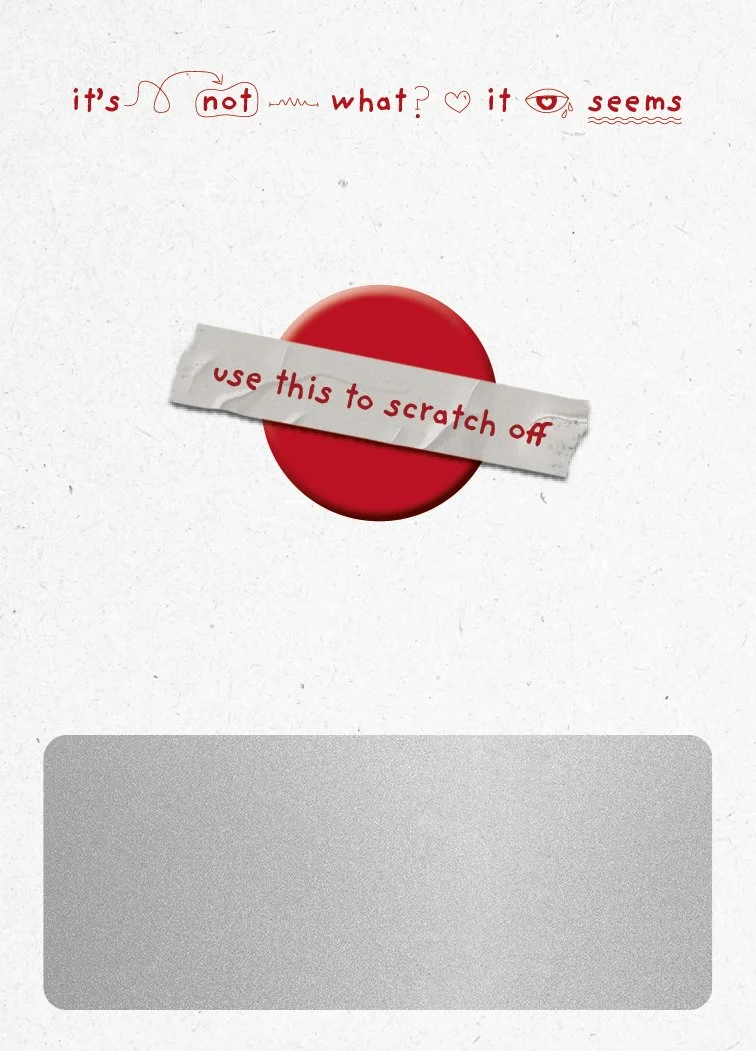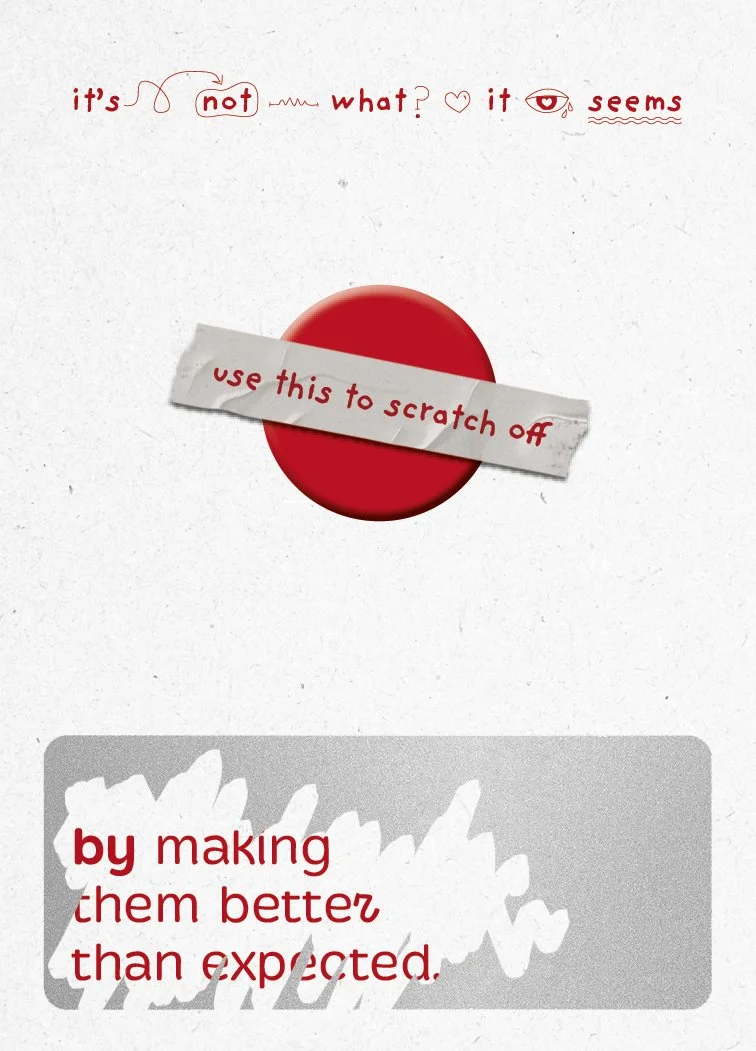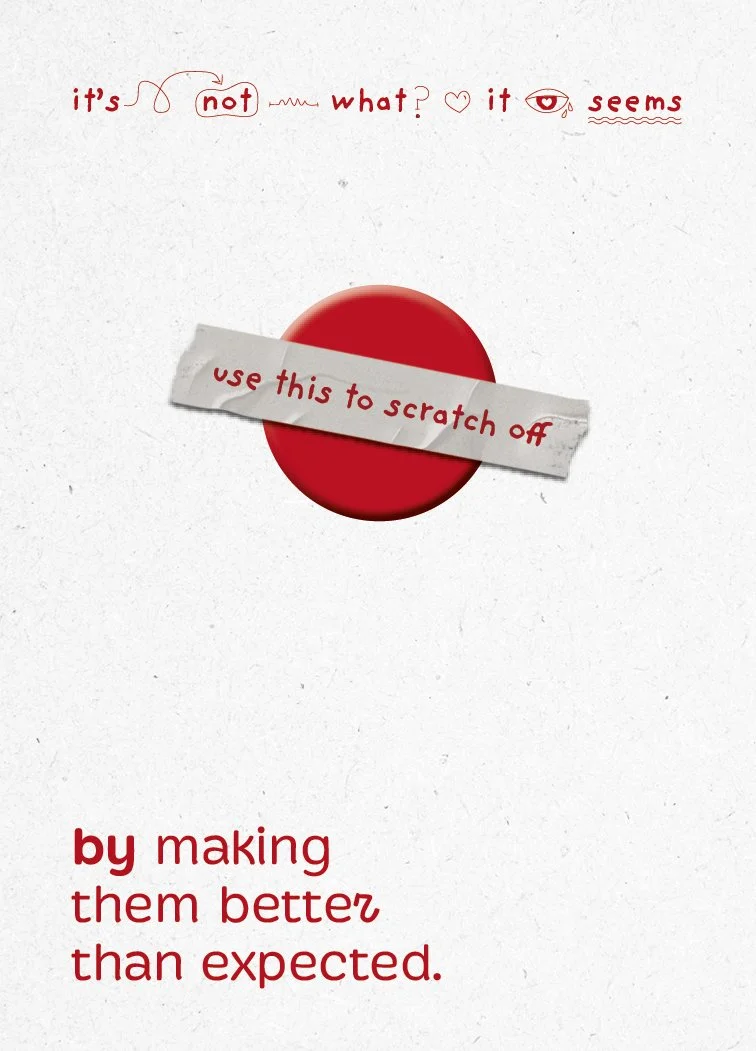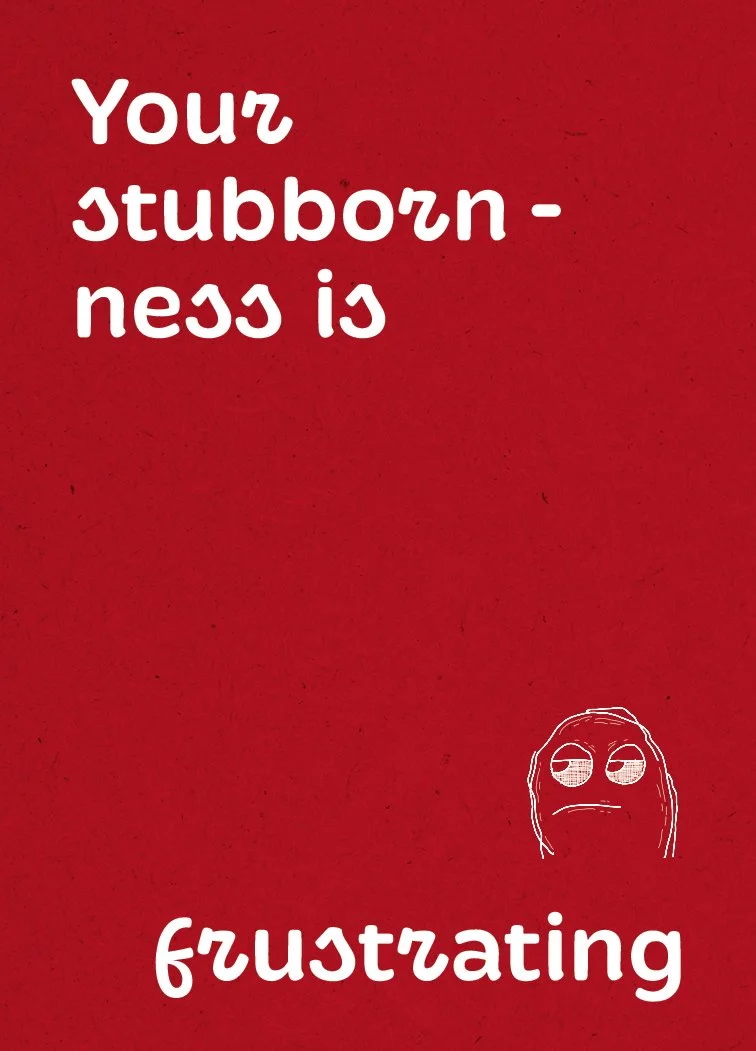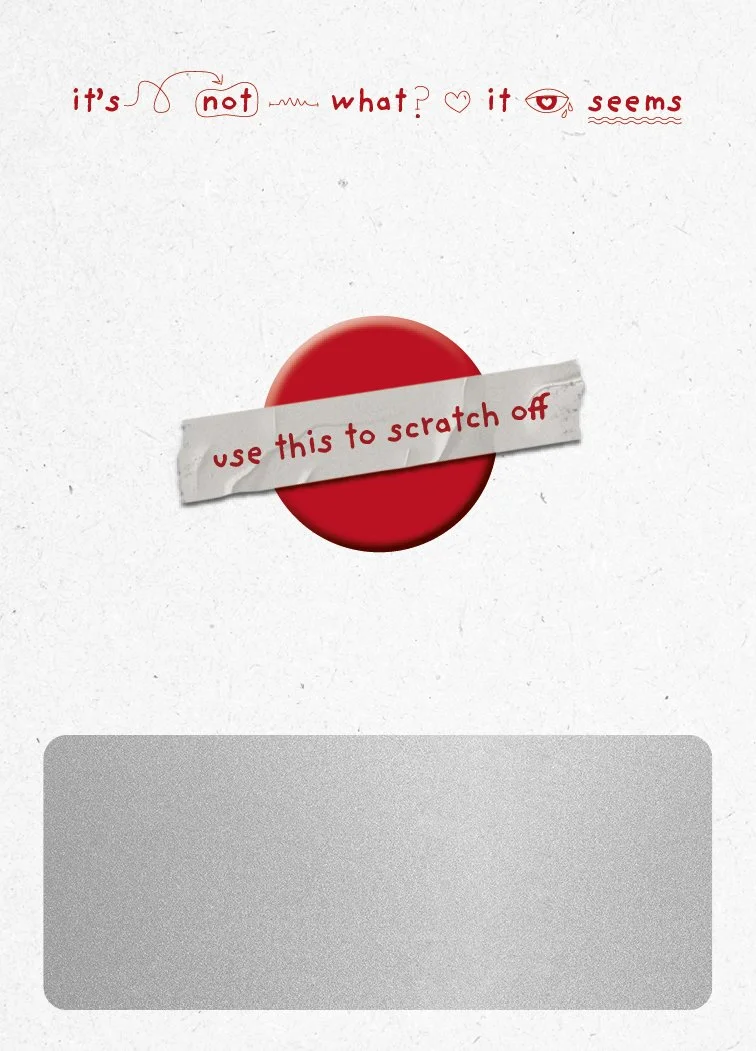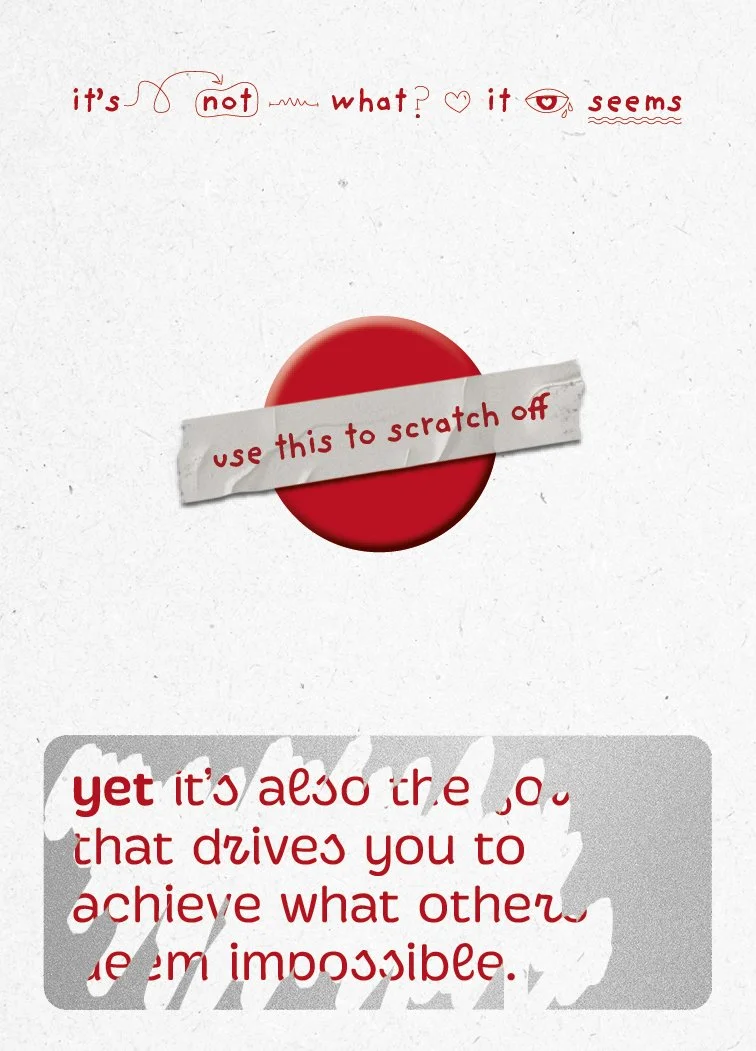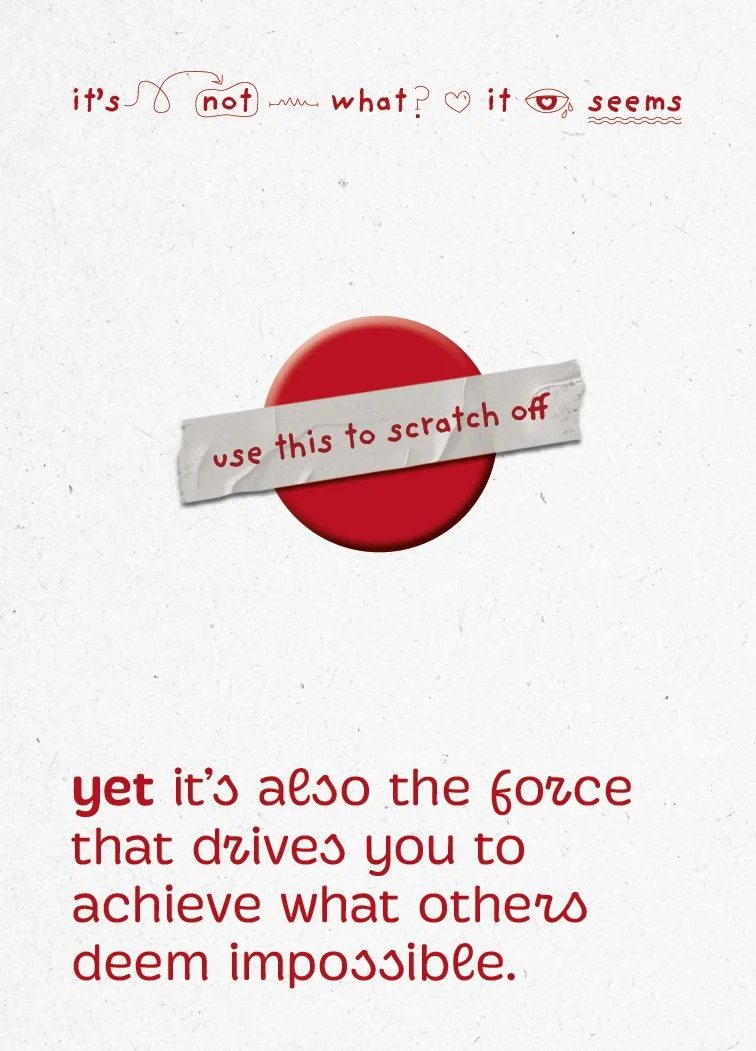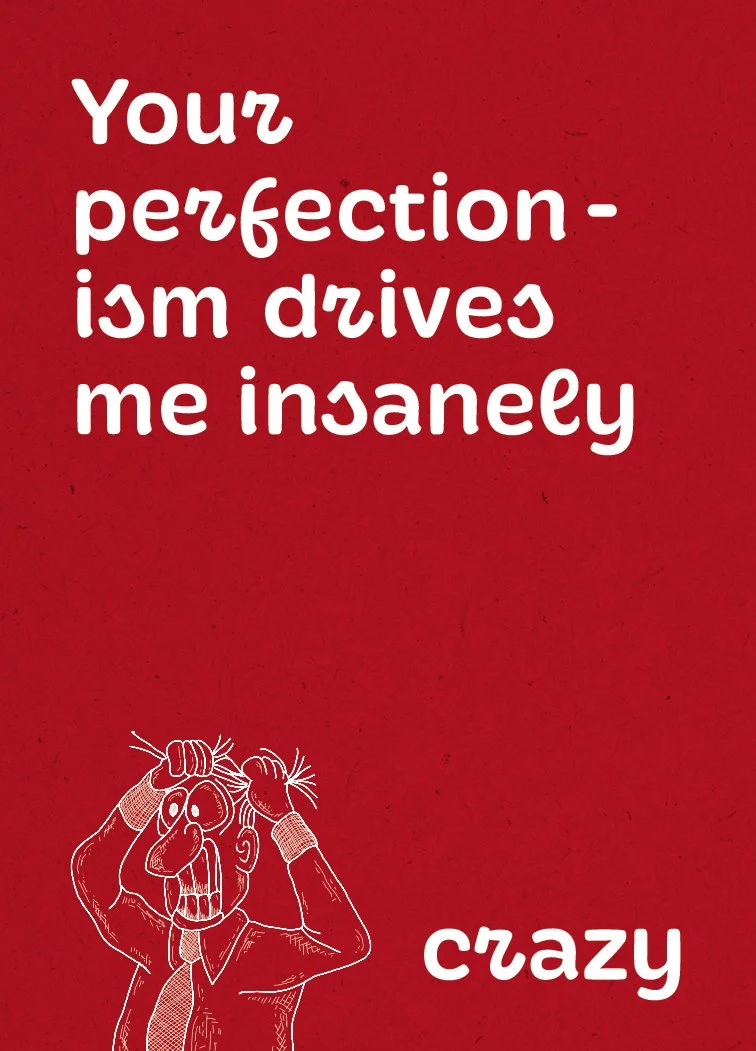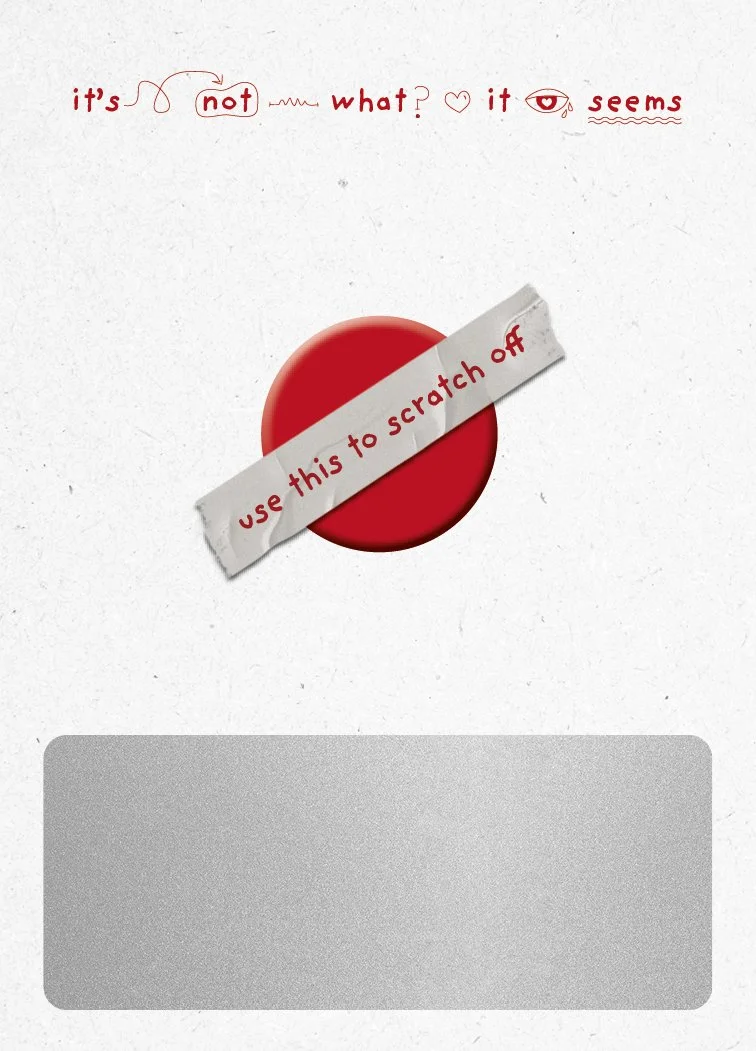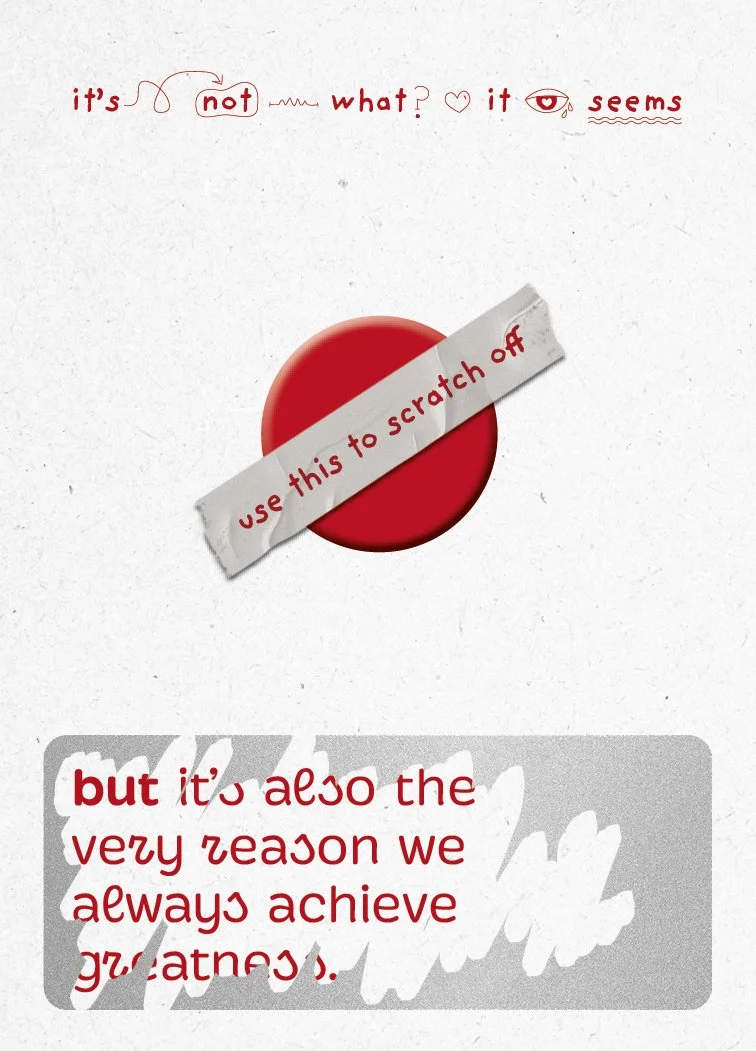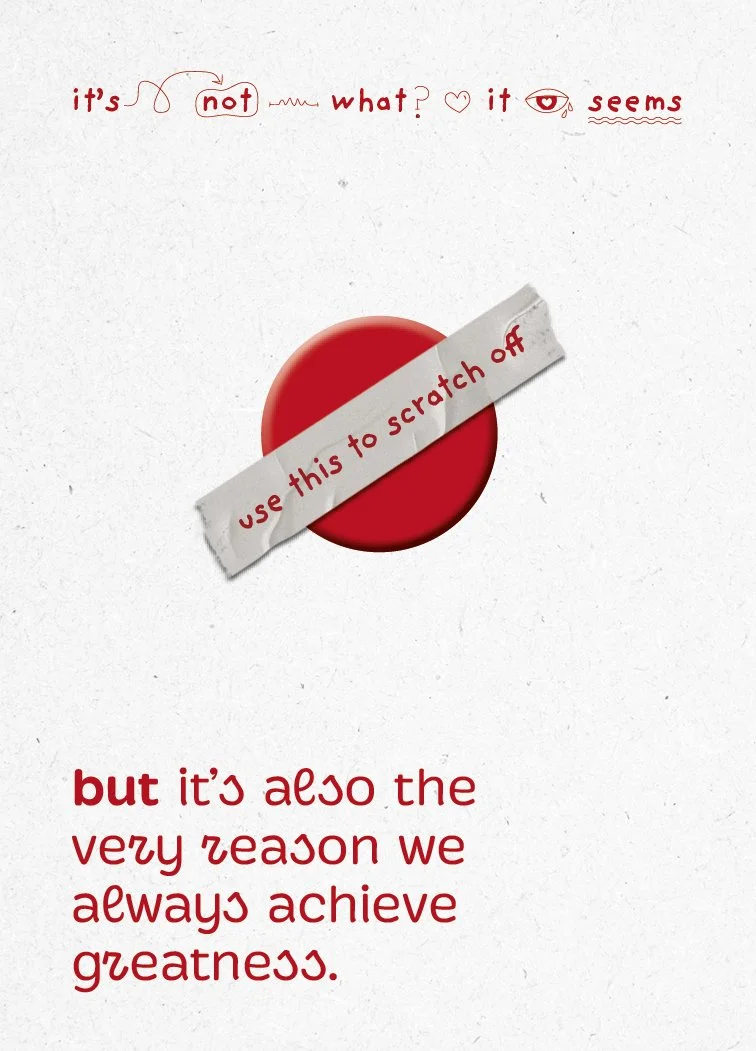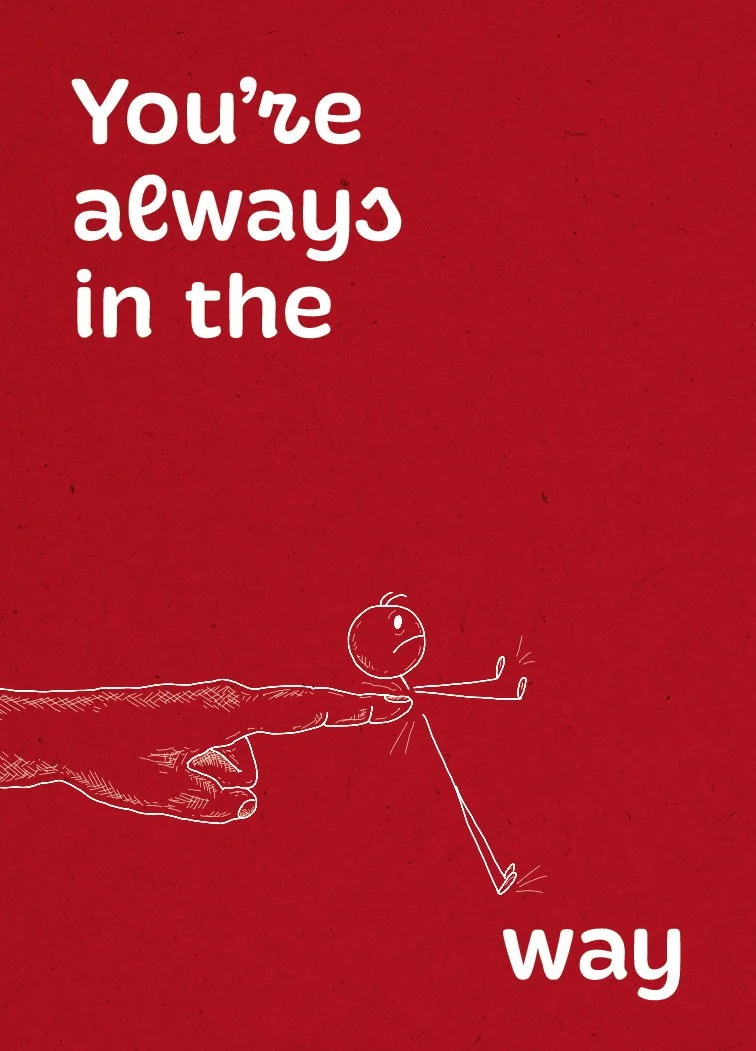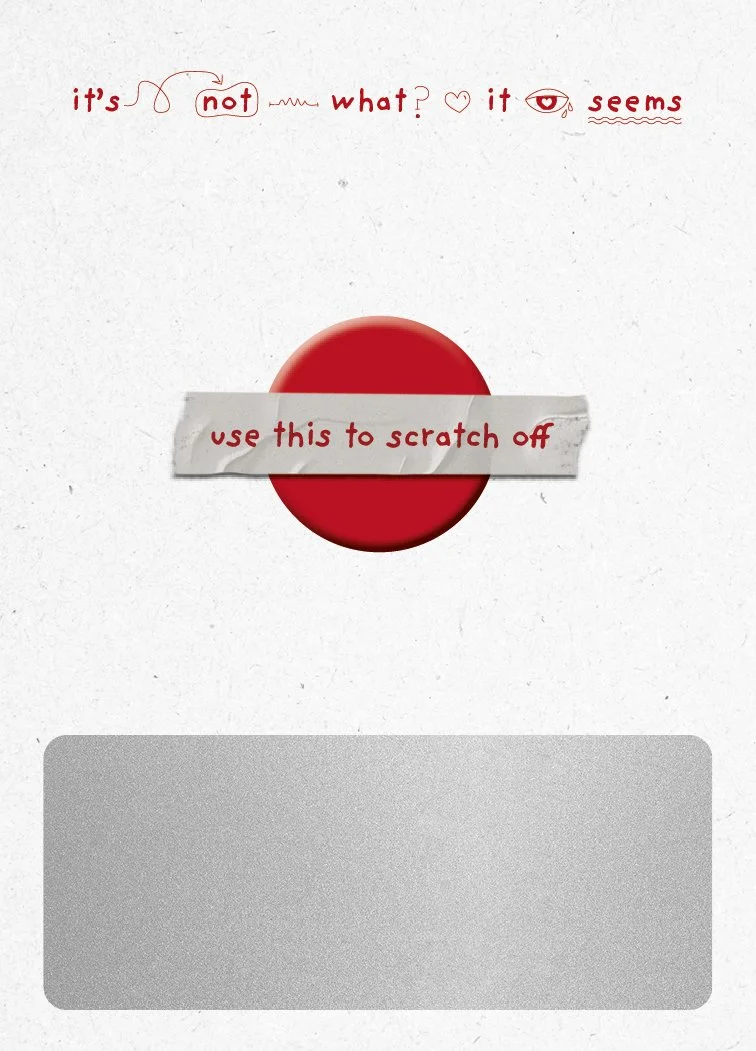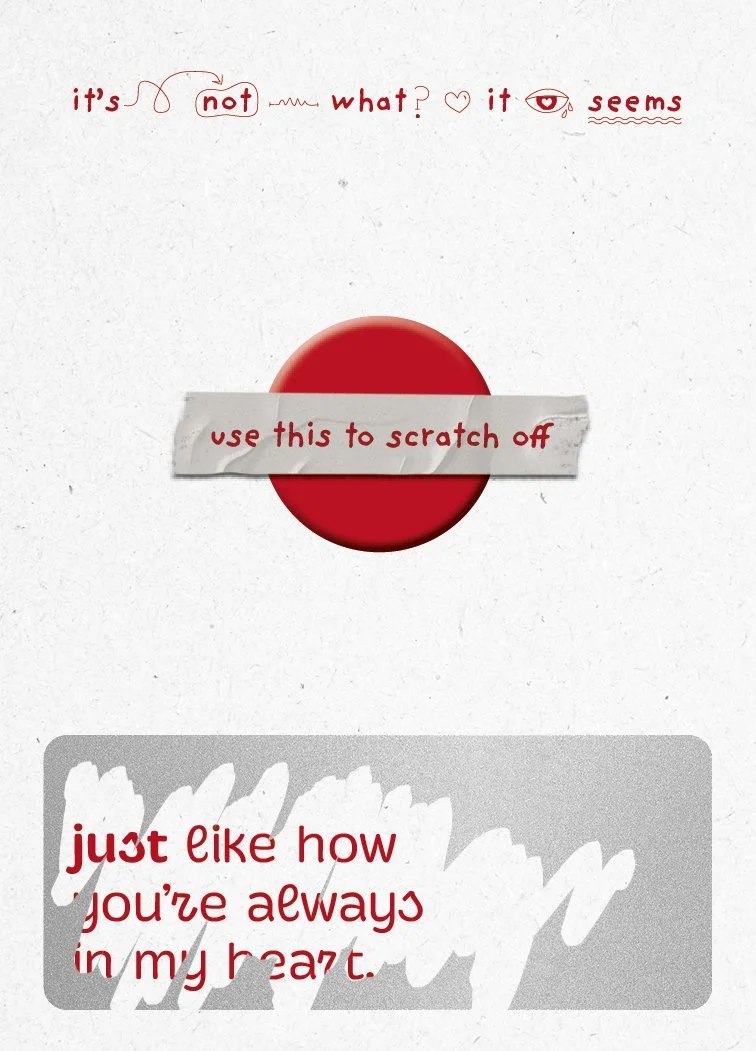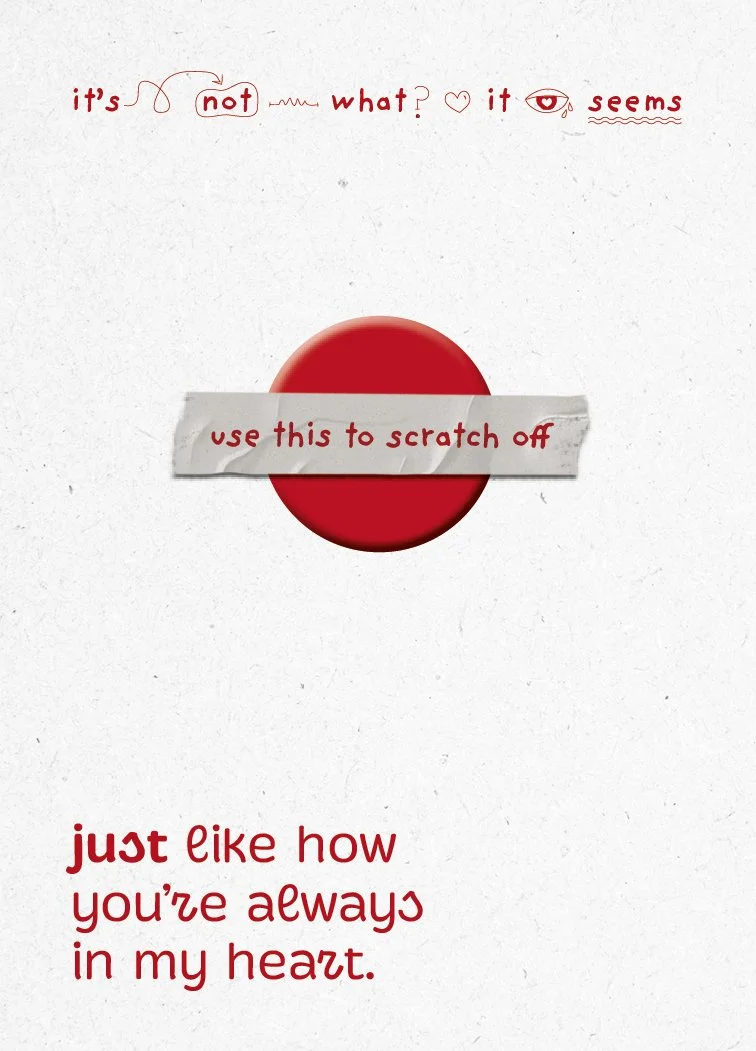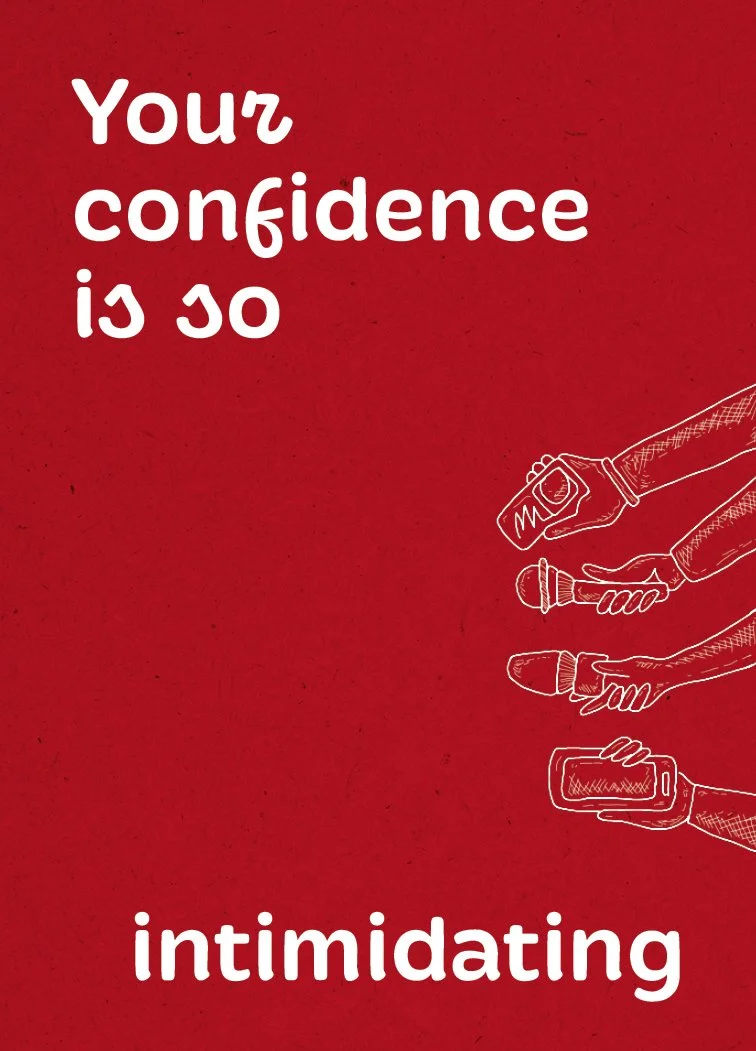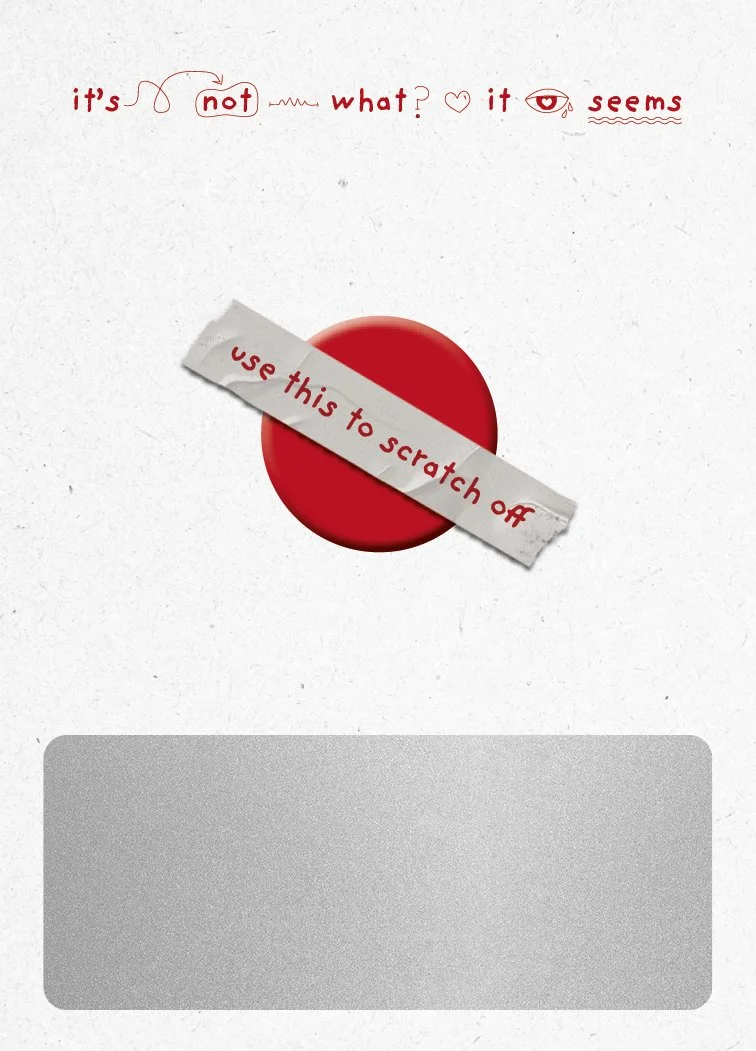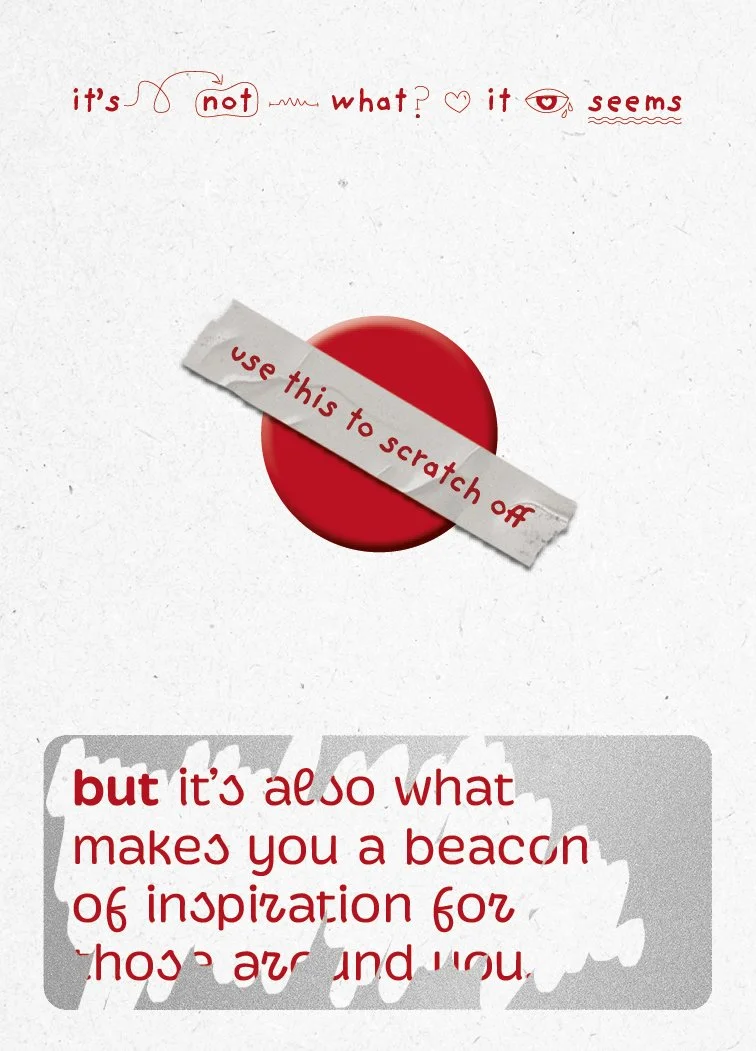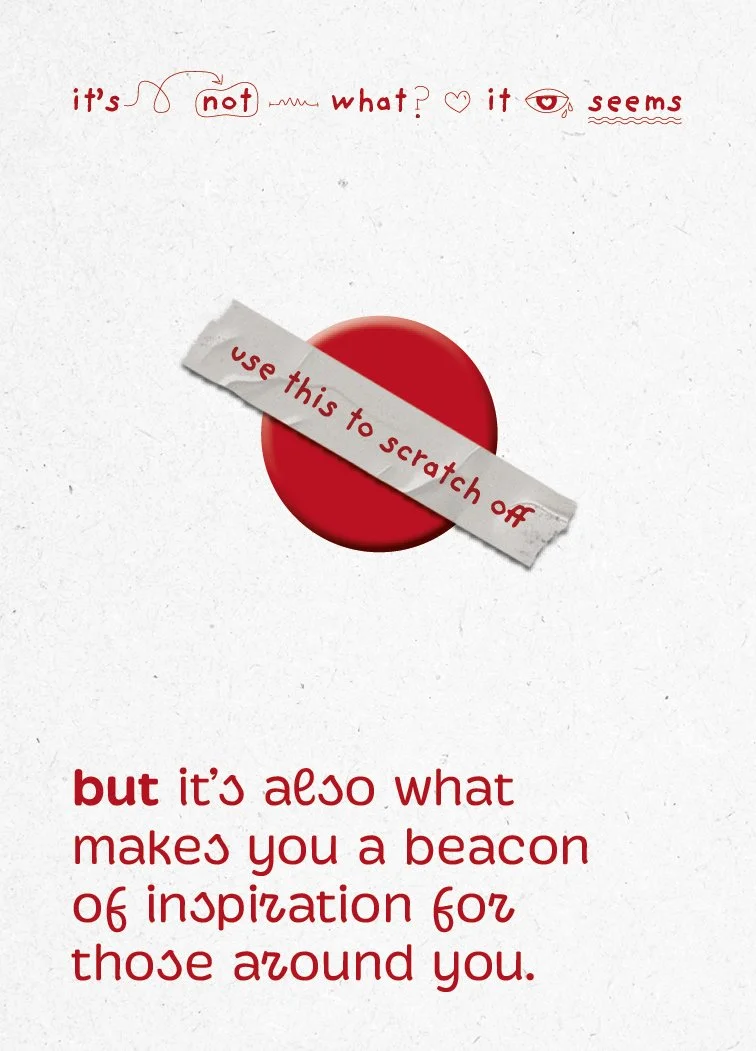week | four
TASK #4
This week is all about productivity and focusing on client relationships in design studios. I'm supposed to have my business plan ready by the end of the week, but I'm currently behind. Nevertheless, I am determined to complete it. I'll be concentrating on what to include in my business plan, finalizing my idea, and determining how to present it. Also, this week we will explore how to maintain effective client relationships and address emerging issues in design studios, particularly with globally focused clients. We will also examine the early phases of setting up a design studio and learn how to structure a strategic project plan, considering key issues like business forecasting and understanding your client base. However, I will be more focused on finishing my work and less on the research tasks and lectures because I feel stressed that I am behind.
Case Study | ONE:
In this podcast, Stuart Tolley talks with Emma Harverson and Lucy Warburton from White Lion Publishing about the Build+Become series. These books break down complex topics into simple lessons on subjects like technology, politics, and sociology. From this podcast, I learned the importance of mixing creative vision with smart planning. Key points include the need for good market research, strong client relationships, consistent branding, and flexibility. The podcast showed how good design can make complex ideas easy to understand, highlighting the need for clear communication and adaptability.
As a designer, I believe design is different from art. Art makes people think and interpret what they see, while design makes things clear without needing explanation. When I design projects and ask people what they understand, they usually get it exactly how I intended. Sometimes design can make people think, but always within a clear framework. For example, I once saw a red line on a canvas and didn't understand it. A red line can mean anything. But in design, if I put a red line and add "do not cross," everyone gets it. This podcast reinforced these ideas, showing how design can clearly and effectively convey complex messages.
Case Study | TWO
In this podcast, Stuart Tolley and Hamish Makgill discuss valuable lessons for designers. When I listened to the podcast, I realized that being a designer is not as easy as I thought it would be. I always felt that if I were to run my own studio or work with clients, I would let someone else handle the business aspects while I focused solely on the design. I still believe in this idea. I am studying business and think it is important to have knowledge in business planning and management, but I also believe there are people who specialize in handling the business side of things.
I learned the importance of valuing your work and setting appropriate prices to sustain your business. Balancing creativity with business management is crucial, including having a solid financial plan and understanding client needs. Clear communication with clients and maintaining a consistent design philosophy, like Hamish's "Beautifully Simple" approach, are key to success. Networking and seeking advice from experienced professionals can provide valuable support. I enjoyed the podcast and appreciated how Hamish explained his "Beautifully Simple" approach. It reinforced that blending creative vision with strategic planning is essential for successful design outcomes.
week: 4 research task:
Compare your business plan to other existing examples. Determine what might be working well with your business plan, assess what could be missing and also consider how might you improve it in the future.
I won't be able to complete this week’s task because I have not written my business plan yet. Instead, I will be looking at different business plans to learn from them and focusing on finalizing my ideas and designs.
Examples of an existing business plan for small food businesses:
I recently read "A Sample Business Plan for Small Food Businesses" by Rodney B. Holcomb, Philip Kenkel, and Linda Blan-Byford from Oklahoma State University. While I learned a lot, I found it quite difficult to understand because of my limited background in business planning. The executive summary taught me the importance of giving a clear overview of the business. The market analysis section highlighted the need to research the industry, identify competitors, and know your target audience, which was complex and required a lot of data analysis. The operations plan, detailing daily operations like location and equipment, was technical and hard to follow. The financial plan, with its cash flow statements, income statements, and balance sheets, was the most challenging due to my limited financial knowledge.
Overall, while informative, the business plan showed me how much I need to learn, especially in market research and financial planning.
Example of a business plan for graphic design:
PROJECT PROCESS:
This week, I made a lot of progress and finally came up with a solid plan. Last week, I decided to create a card that symbolizes an act of kindness, but I didn't have a clear idea, so I was experimenting to see where it would take me. After creating my first themed card, "Say Cheese," I came up with the second theme, "It's Not as It Seems." I realized that these cards carry powerful messages and should be available to everyone at any time. The idea of a vending machine came to mind, and after a bit of research, it made perfect sense. This week, I'll be showing the process of creating the brand for the vending machine, including the names and tagline I've come up with. I also completed and designed the second theme, and now I'll be moving on to my third theme. For now, I'll create four themes for the vending machine, with the possibility of adding more themes in the future if time allows.
Finalised Idea:
My idea is simple but powerful: a vending machine filled with unique kindness-themed cards, operating 24/7, just like kindness itself. The idea behind a vending machine is that it never closes, symbolizing that kindness is something that should be available at all times, without any limitations. With the press of a button, people can instantly share love, gratitude, and positivity whenever and wherever it's needed. As Jennifer Dukes Lee said, “In a world where you can be anything, be kind,” and with this vending machine, we can create a ripple effect of kindness, encouraging others to pay it forward and spread happiness every hour of every day."
Pilot Study:
Imagine a world where kindness is just a button press away. Would you be inspired to spread joy, appreciation, and positivity by using a vending machine that offers unique kindness-themed cards, available anytime, anywhere?
Brand Names:
OneKind
OneKindAct
OneKindMoment
Kindful Kreations
Kindtastic
KindVibes
KindKarma
Kind Givers
Kreative Kind
In-Kind We Trust
SimplyKind
Brightkind
Taglines:
A kind act, always attract
Hearts so pure, help to cure
A caring act, that's a pact
Kindness lasts, in the pasts
Kindness shared, shows you care
Be kind today, in every way
A kind deed, fills a need
A kind soul, makes us whole
A kind touch, means so much
A kind word, often heard
Choose to be kind, peace you’ll find
A helping hand, that's our brand
THEME #2 PROCESS
Pinterest Inspiration:
Contextual Research:
I recently discovered IDEO's "Design for Good" initiative, and I was thrilled to learn about it. I never knew such a program existed, and seeing how design can be a major force for good in the world was eye-opening. I realized the profound impact design can have, even something as simple as paper and pen. For instance, their student-centered solutions to help new students navigate university life involved creating a board with sticky notes. This simple approach had a deep impact on the students, showcasing the power of thoughtful design. This inspired me to appreciate the potential of pen and paper and their ability to create meaningful change.
The "Not Myself Today" project in Canada deeply inspired me to think about how I can create an artifact for my vending machine and cards. Their approach to promoting mental health through creative marketing, such as using a wall with pins to engage people, is truly amazing. I was captivated by their work and the way they effectively target mental health issues. This project showed me the power of simple, thoughtful gestures in making a positive impact. Inspired by their approach, I aim to design my vending machine and cards to spread kindness and appreciation, offering a similar experience of connection and support through accessible, everyday interactions.
Sketching:
Generating Names:
1. Unassume
2. Negative Positives
3. Misunderstood Intentions
5. Hidden Positivity
7. Not What It Seems
8. Behind the Negative
18. Beyond the Assumption
19. Flip the Script
Process Videos:
Failed Trials: “important step”
Just like many failed trials, I learned a lot. These designs missed the mark of what I was aiming for. The colors I chose were too soothing; the pink was too loving. Even if one read a hurtful message, they wouldn’t feel it. That’s why I chose red. Red represents both love and rage. Someone can be angry and enraged and associate with red, or be madly in love and still connect with red. My idea came together perfectly when I changed the color. Moreeover, I was initially intending to create a postcard where people would open it and find a message inside. However, I wanted to think of more creative ways to express rage. People sometimes hear a word that makes them mad, and this anger needs an outlet. By adding a scratch effect, it makes even more sense. It allows people to scratch off the surface and reveal the rest of the text, channeling their anger in a creative way.
Final Idea + Design:
The "Not As It Seems" project is all about changing how we see and react to others. We live in a world where we often jump to negative conclusions based on incomplete information and misunderstandings and assume the worst in people. But what if we flipped that script? By training ourselves to create sentences that turn seemingly negative statements into positive ones, we can start to see the best in others and give them the benefit of the doubt. This not only spreads more kindness and love but also helps our own mental health by fostering a positive mindset. When we think more positively, we connect better with others and create a more compassionate world. These cards serve as a reminder that things are often not as they seem. Each sentence begins with a seemingly negative trait but reveals a positive quality with a heartfelt twist. By practicing this, we can look beyond the surface and assume the best in everyone we encounter..
For example, if someone says, "Your laugh is so loud," it might be taken as an insult, making the person feel hurt and embarrassed. But sometimes, that’s not the intention. When they continue reading the card, they'll find a scratch-off area that reveals a hidden message: "Your laugh is so loud that it fills the room with joy and smiles." By encouraging positive thinking and assuming the best, we create acts of kindness. Sometimes, people say mean things intentionally, but they might be having a bad day, feeling angry, or sick—things we might not understand. To stay happy and avoid stress, we can transform these hurtful words into positive messages. This way, we can feel good about ourselves and ignore the negativity in the world.
